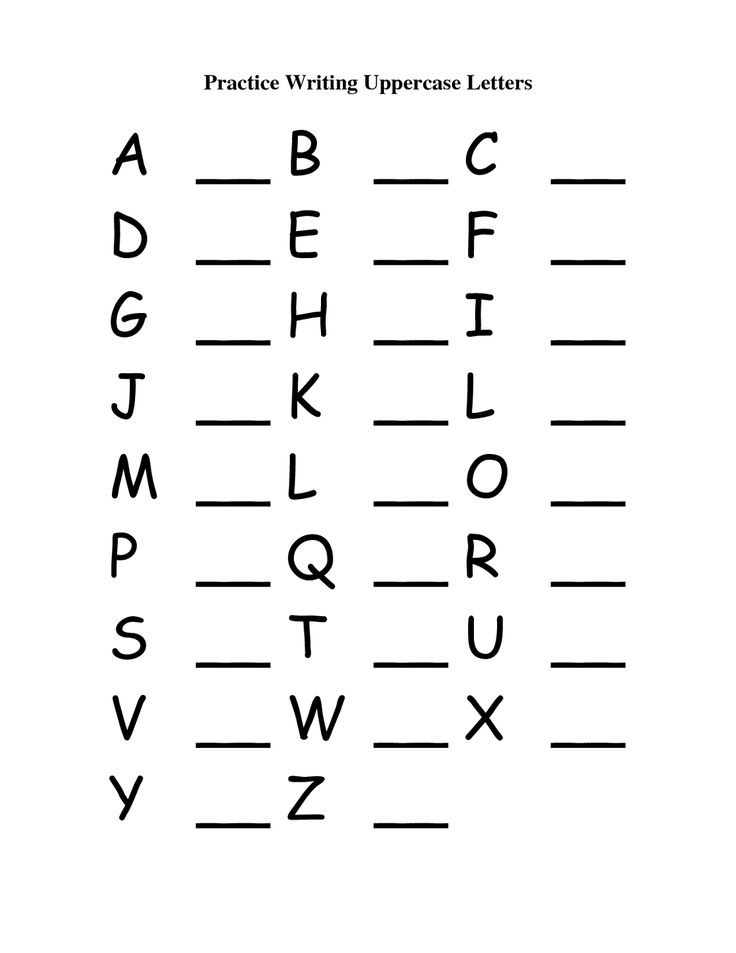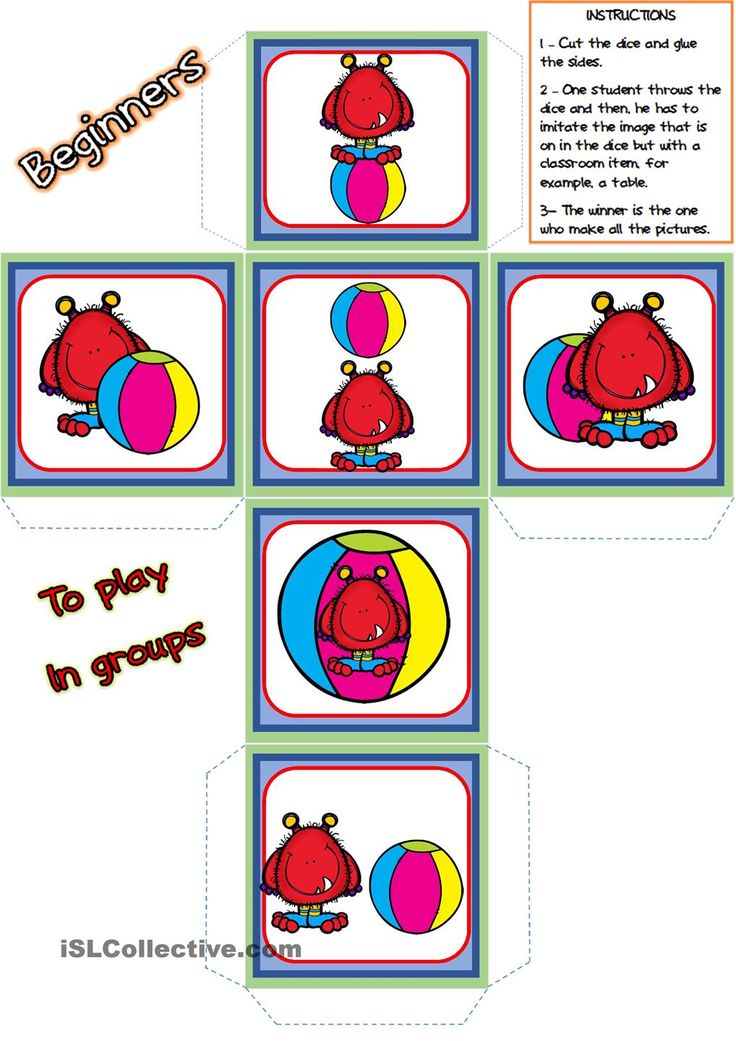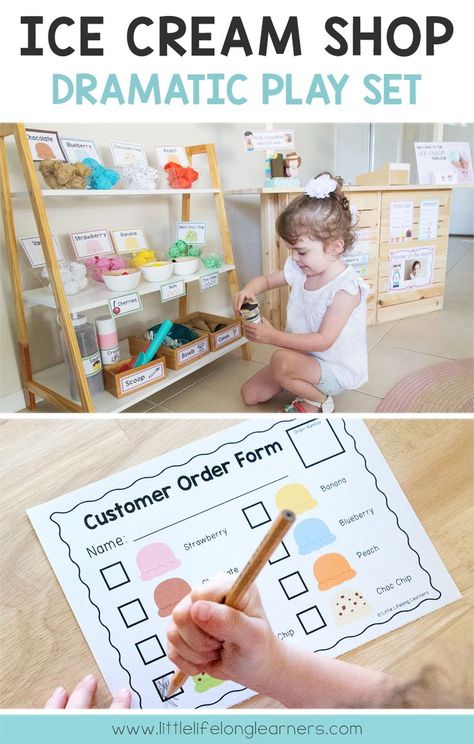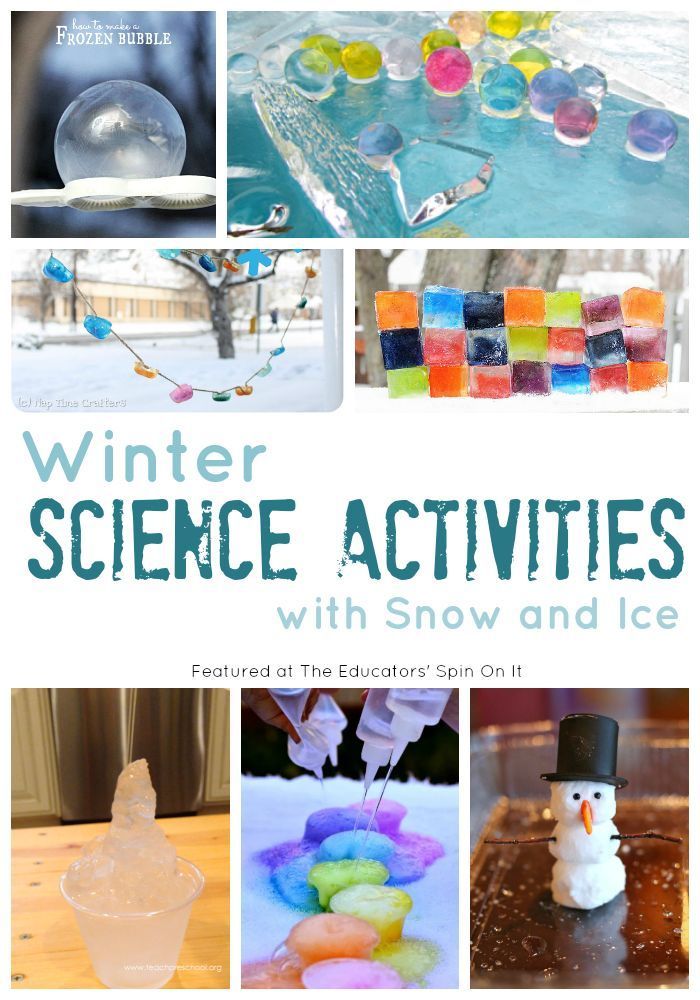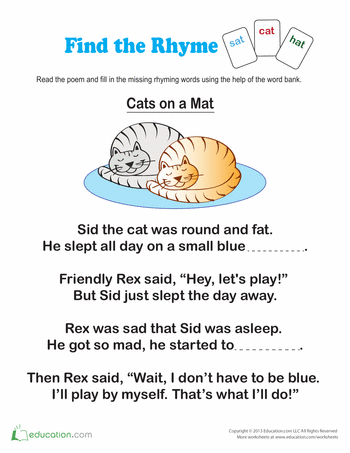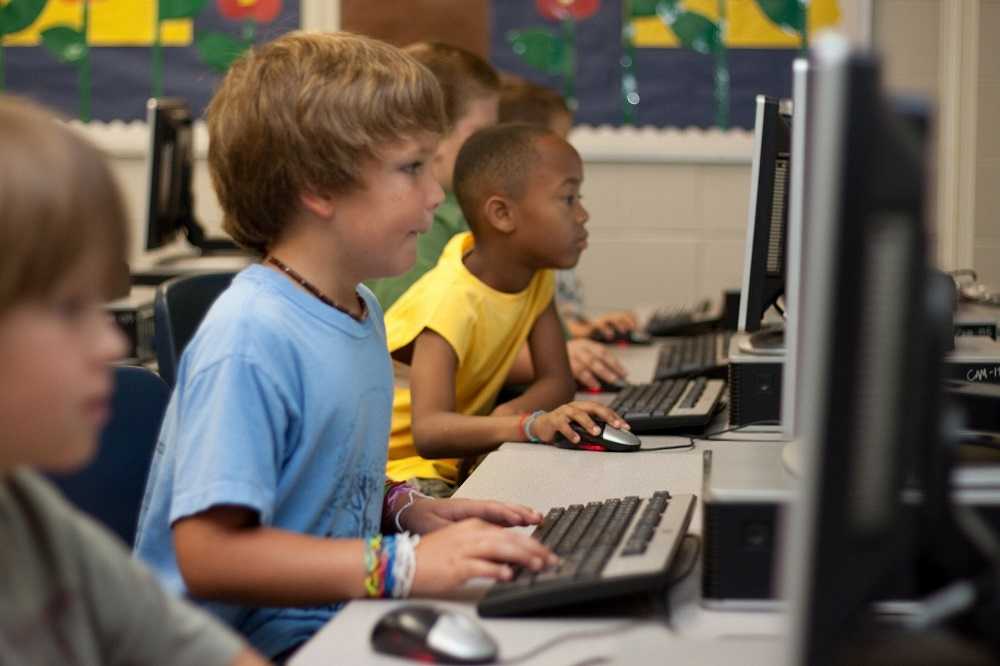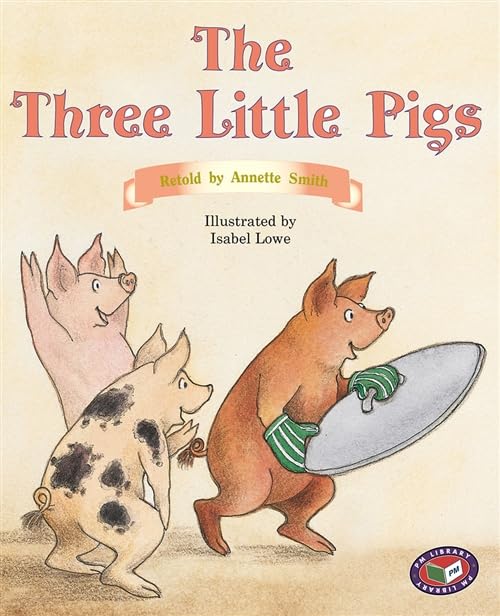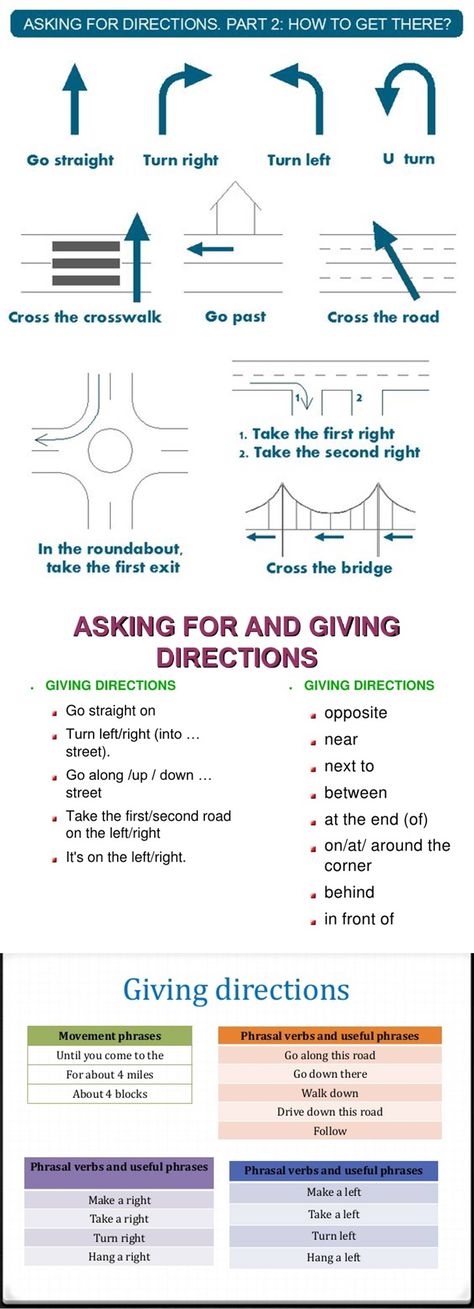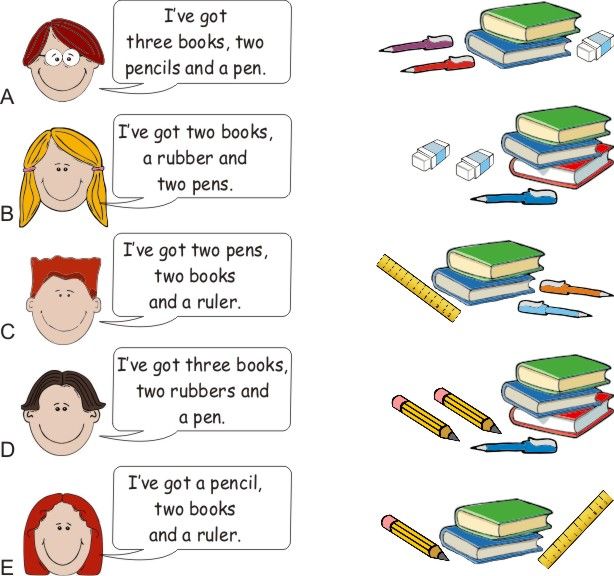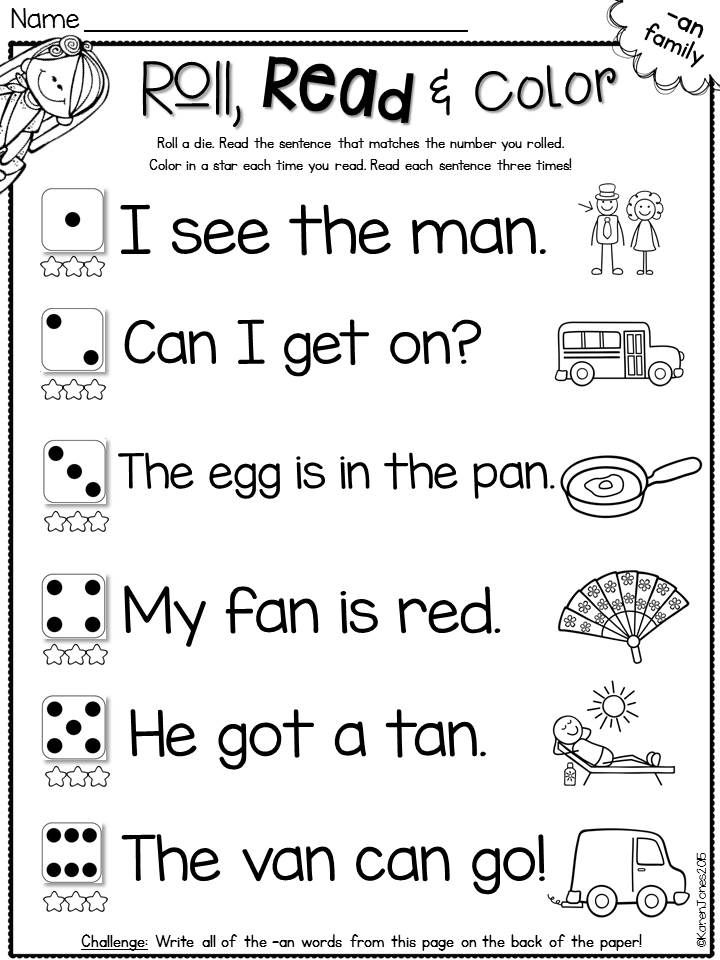Reading program for beginners
A Guide to Beginning Reading Programs
Learning to read is a challenge for many children. If your child is just starting on this journey, it’s important to provide them with the support and resources they need to succeed. For some parents, this may mean enrolling their children in beginning reading programs, which are programs designed to teach children crucial literacy skills.
Participating in a beginning reading program can help children develop the skills they need to become strong readers. But parents must ensure that they choose the right program for their child’s unique needs.
What to Look For In A Beginning Reading Program
There is no one-size-fits-all approach to learning how to read. The most effective beginning reading programs will address your child’s unique literacy needs.
It may be best to discuss your child’s unique needs with their teacher, who can help you understand what skills your child is struggling to master. Learning this information may make it easier to find the right reading program for your child.
If your child is a reluctant reader, choosing a program that makes reading fun is imperative. Look for a program that uses games, songs, or other activities to teach children reading skills. A program that offers rewards for reaching certain reading milestones may also keep your child engaged and motivated to read.
What Are Some Beginning Reading Programs?
Parents may not realize that there are countless beginning reading programs available online and in the community. Some of the most popular and effective reading programs for beginners include:
- Readability: This app is designed to improve your child’s phonemic awareness, fluency, and reading comprehension skills. The app will read aloud to your child, then ask your child to reread the same passage aloud. If your child mispronounces a word, the app will immediately correct their mistake. Using the app is just like working one-on-one with a reading tutor.
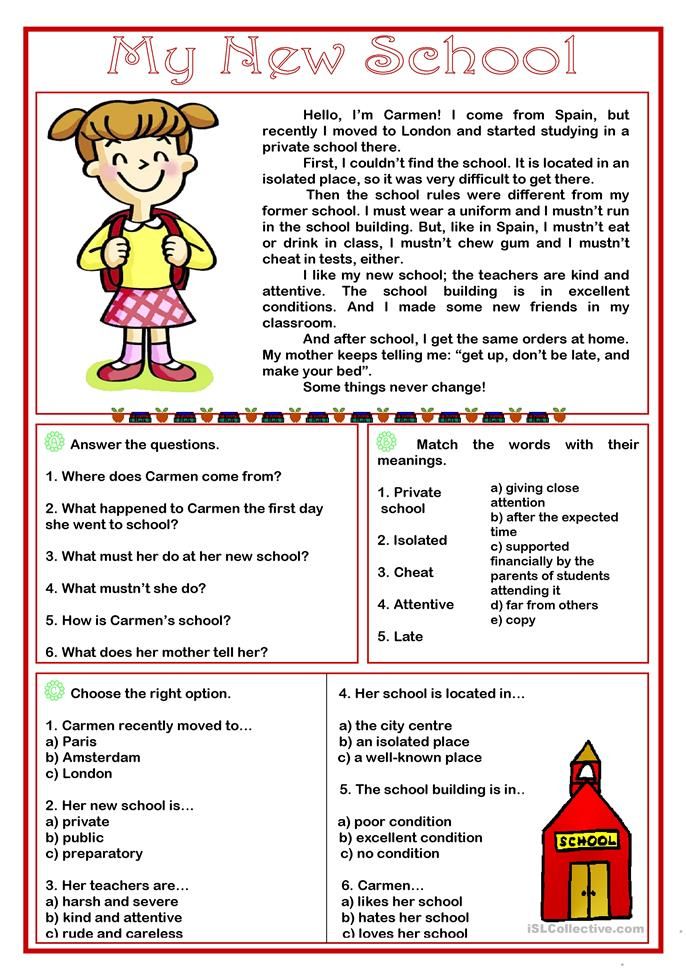
- ABCmouse: This program teaches new readers crucial reading skills using animated activities and fun games. New readers will start by learning the letters of the alphabet, but will advance to more challenging skills as they move through the program.
- Hooked on Phonics: This program is designed for readers between the ages of 3 and 8. Kids will learn by watching interactive videos, engaging in fun activities, and reading engaging stories.
- LeapFrog: The LeapFrog LeapStart program can help kids learn basic reading skills that they can continue to build off of throughout their academic career. The on-screen animations and colorful illustrations will keep your kids engaged and motivated to read.
- Library programs: Many libraries host free reading programs for new readers<span style=”font-weight: 400;”>. If you want to enroll in a reading program, contact your local library to learn more about their program. Participating in this program is a great way for your child to meet other kids who are experiencing the same reading struggles.
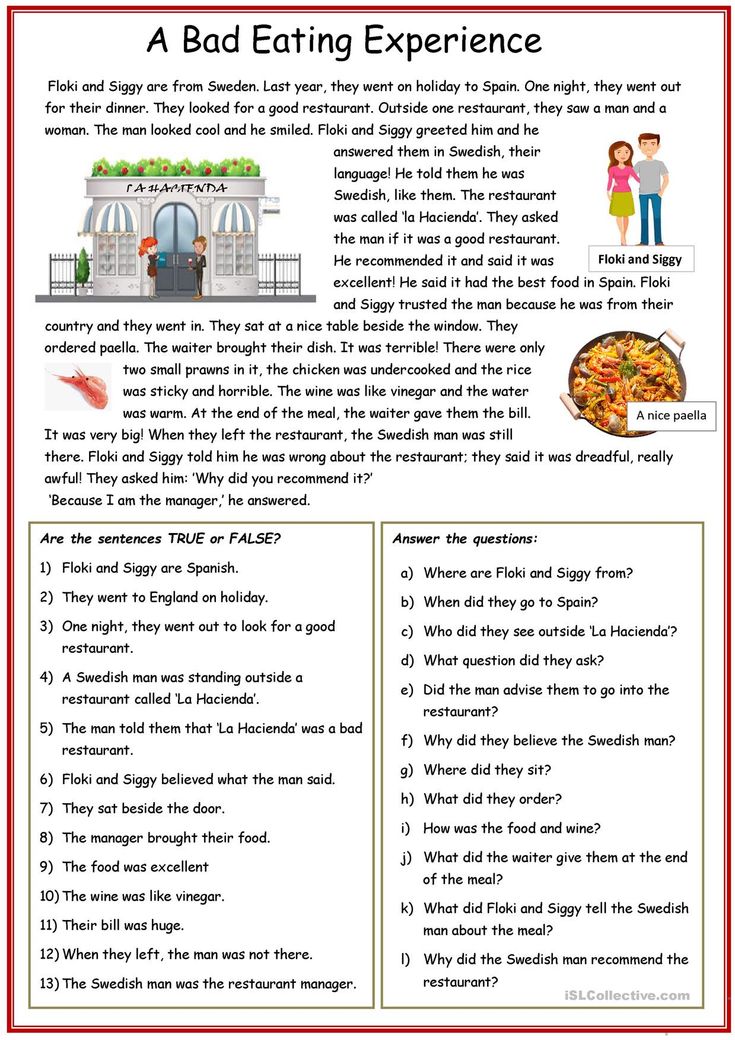
How Do You Start A Reading Program?
Finding a reading program in your community shouldn’t be difficult, but parents also have the option of starting their own reading program at home. Encourage your child to practice reading by establishing an at-home reading program with one of these fun themes:
- A Reading Race: use racecars to track the minutes of reading—or “mileage”—that your children log on a daily basis. Give your child a reward every time they complete a lap around the track.
- The Sky’s the Limit: track their progress using hot air balloons that climb higher and higher into the sky as your children reach certain goals.
- Dig Into Reading: use shovels to illustrate your children “digging into reading” in this reading program. Move their shovel further into the ground every time they reach a new goal. If they complete the program, their shovel will arrive at a treasure box, which means they will be rewarded for their efforts.
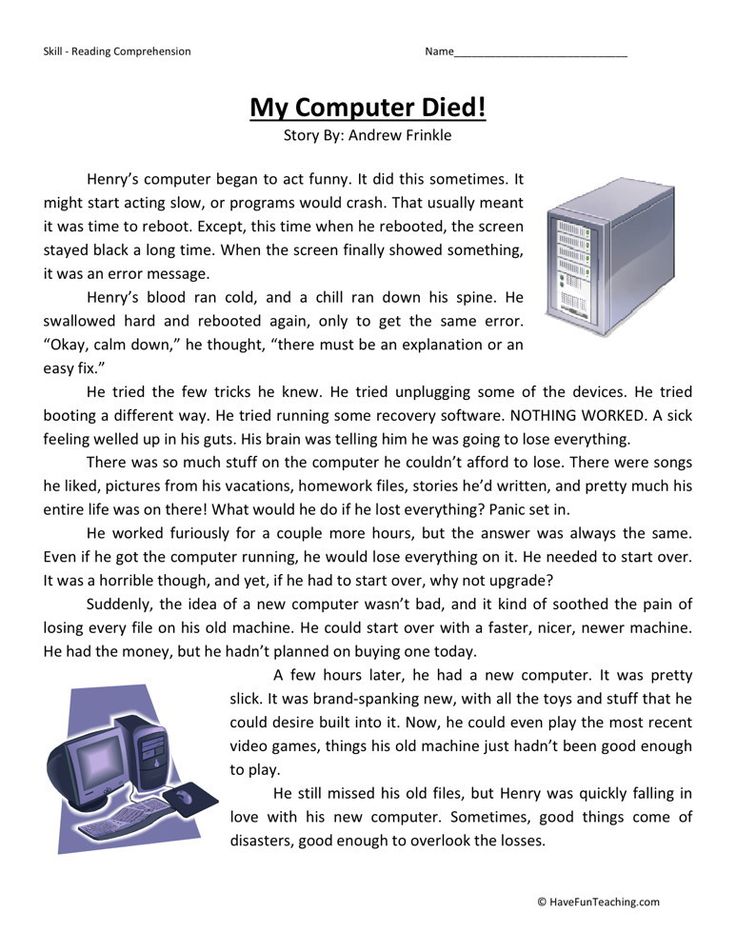
No one knows your child better than you, so use your imagination to create a reading program that your child will enjoy.
What is the Best Program to Teach Reading?
There are a number of different reading programs to choose from, but the best tool that parents can use to help their child improve their reading skills is the Readability app.
Most reading programs are conducted in group settings, but the Readability app gives your child the opportunity to work on their reading skills on their own, anytime, anywhere. Parents can also track their child’s progress using the easy-to-read dashboard, which provides metrics on accuracy, comprehension, and time spent reading.
Help your child develop the skills they need to overcome their struggles and become the strongest reader possible with the Readability app. Download the app on your smartphone or tablet and start your free 7-day trial today.
The 5 Best Programs to Teach Your Child to Read
Reading Program Reviews of The 5 Best Programs to Teach Your Child to Read: Teach Your Child to Read in 100 Easy Lessons, Reading Eggs, Teach Your Monster to Read, and Hooked on Phonics
1) Teach Your Child to Read in 100 Easy Lessons
2) Reading Eggs
If your child is between the ages of 3 and 6 (or even older if your child is struggling with reading), you might want to consider
Teach Your Child to Read™.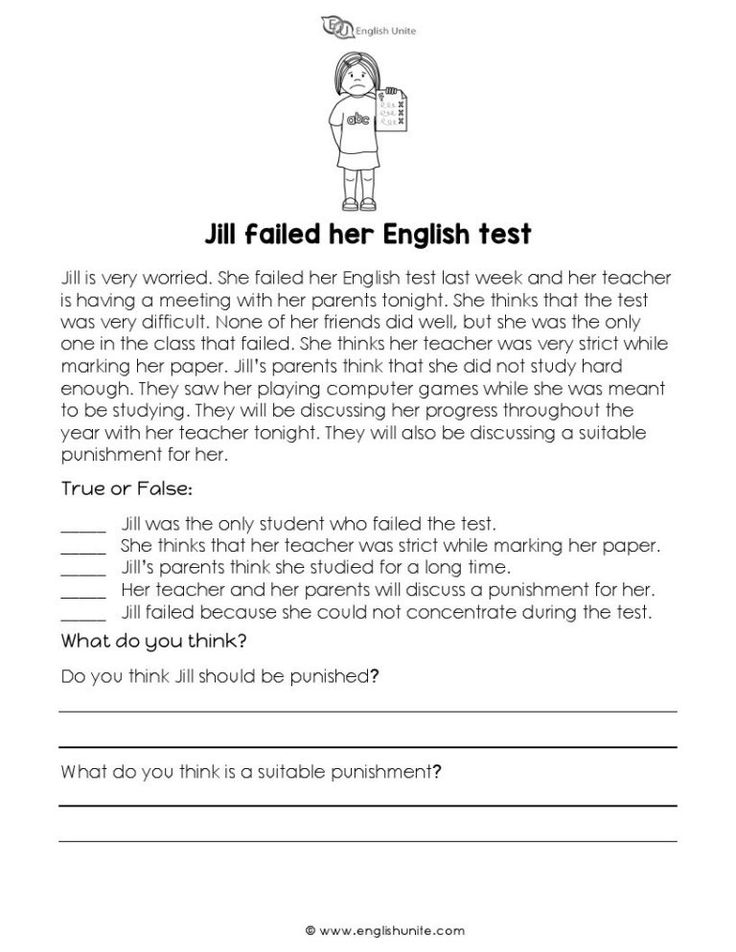 Our program was designed for short attention spans and busy parents (lessons are only 5 minutes), and the program guides you step-by-step through the process of teaching your child to read. It's so easy to use, all you need is a few minutes to review lesson one, and you'll be ready to get started.
Our program was designed for short attention spans and busy parents (lessons are only 5 minutes), and the program guides you step-by-step through the process of teaching your child to read. It's so easy to use, all you need is a few minutes to review lesson one, and you'll be ready to get started.
| We particularly like the last one, only 6 STEPS. Many of the other programs are somewhat complicated to figure out what to do, what's been learned, and where to go next. Our program takes a sequential approach, so you'll always know what's been covered and where you are. And because the program is so linear, your child will get to the reading part fairly quickly. (In STEP 2, your child will actually start sounding out beginning words.) It's pretty exciting to see how quickly your child learns to read! On the flip side, some parents are concerned about 'pushing' their children into learning too early or too fast. Children learn best at their own pace, and some will naturally move faster than others. Our program is designed to offer a time of shared closeness between you and your child—just a few minutes a day—so your child never feels pushed into learning. If your child wants to buzz straight through in a few months, great! But if he or she needs to take more time, that's okay, too. By introducing reading concepts in 5-minute micro-lessons, you'll be able to tune in to how your child is progressing at all times. You'll easily be able to identify when you can keep up your pace or slow down—even take an extended break—so your child will never feel rushed. It's hard to grasp how a program works until you actually try it, which is why a free trial is so important. And I encourage you to try them all! Reading Eggs and Teach Your Child to Read™ have free trials, and Hooked on Phonics allows you to try the program for 30 days for $1. | Since the ages 5-7 offer a sweet spot for teaching children to read, the programs reviewed here are reading programs for kindergartners, 1st graders, and struggling readers up to age 8 and beyond. Some of these reading programs can be used with preschool children as well, especially if it's clear your 3 or 4-year-old child is ready to learn. (Age ranges are simply suggestions; you know your child better than anyone else!) When working with a much older child (or even an adult), if your student is willing to engage with remedial tools, the programs in this review can be effective for anyone who wishes to learn to read or improve their reading skills. |
Top 3 best apps for teaching children to read
Often modern parents face the problem of teaching children to read. The old methods don't always work, especially for hyperactive babies who can't sit still for long periods of time. Such children need to be really interested and captivated. Using special good applications for learning to read, you can quickly learn this skill at home.
Many of today's children have tablets, which are perceived as exciting entertainment. To prevent your child from wasting time watching uninformative videos and playing with toys, install useful educational programs that can quickly learn the alphabet and master reading skills.
How do you find the best app for teaching kids to read when there are so many? We have analyzed dozens of educational programs for preschoolers and selected the best ones for you!
Our pick:
- Reading - This game makes learning to read an exciting adventure.
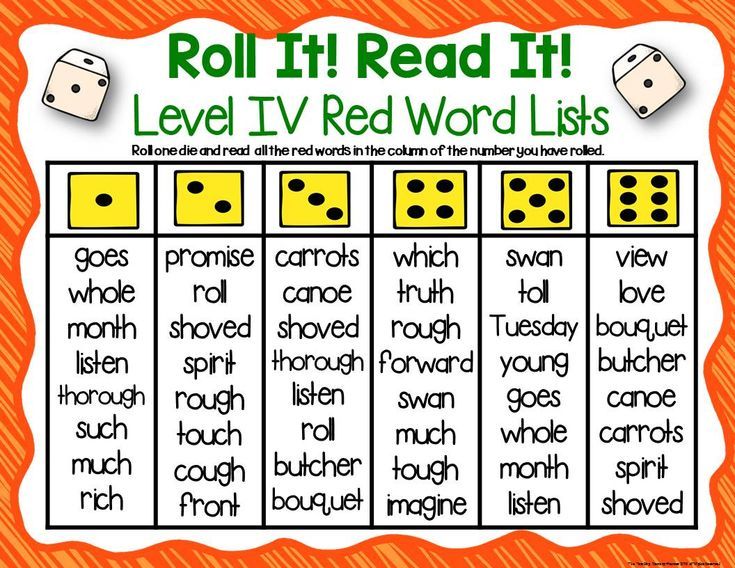 It features easy to operate, intuitive interface and an incredibly exciting storyline. Suitable for children from 3 to 7 years old.
It features easy to operate, intuitive interface and an incredibly exciting storyline. Suitable for children from 3 to 7 years old. - "Talking ABC" - Application with high-quality animation for the little ones.
- "Learning letters is fun for kids!" - This game is best suited for those who are just learning to read. Training takes place with the help of elementary exercises.
Contents of the article:
- 1. Reading - the author's game according to the method of Zaitsev's cubes
- 2. Speaking alphabet
- 3. Learning letters is fun for children
- When to start teaching a child to read?
- How to choose a good reading app?
- Pins
ATTENTION! SIGN UP FOR COURSES! SET IS GOING!More details on the page: https://academy.multi-mama.ru/product/multi-predlozhenie/
The application that took the highest line in our rating is “Reading”. We will pay special attention to him in the article, because there is something to tell about.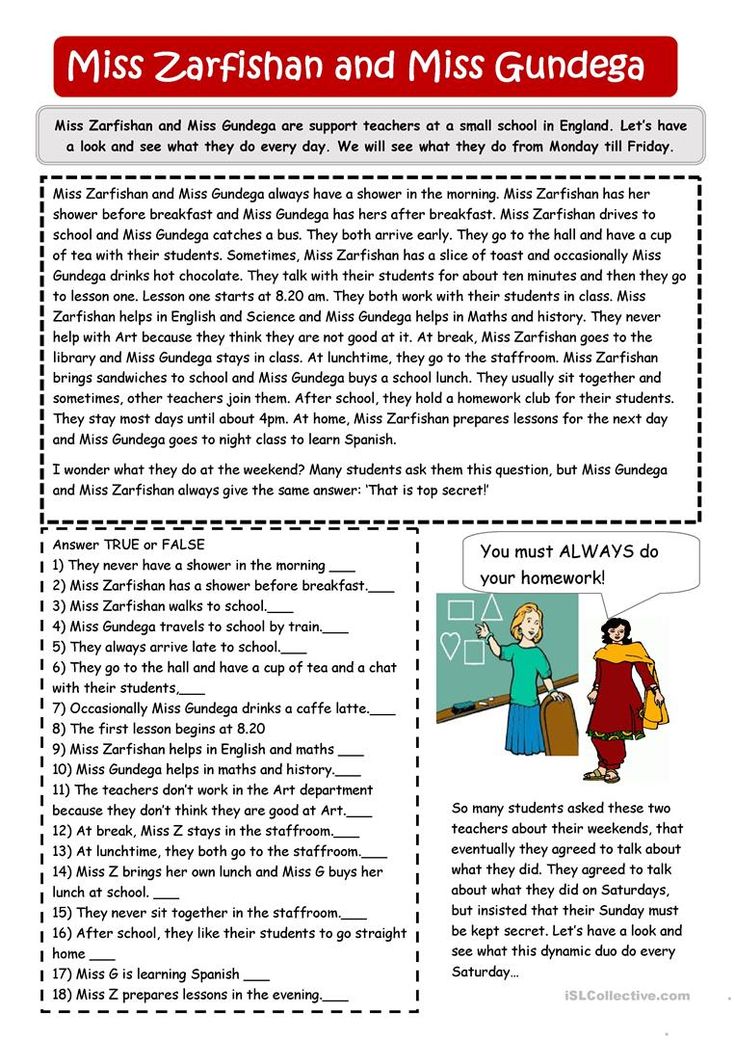
"Reading" is an interesting educational sequential game for children from 3 to 7 years old. Differs in simplicity in management and intuitively clear interface. There is a plot here, which is even more captivating for a child who seeks to learn new information. Thanks to the sound accompaniment, the child quickly remembers letters and sounds. All letters, warehouses and words are pronounced clearly and slowly.
After starting the application, a short animation appears on the screen - two heroes in a balloon get into a magical land, but a strong wind blew and the balloon skidded to the top. Now friends will have an exciting journey through Reading.
The guys will regularly have to move to new levels, where more difficult tasks await them. In order to maintain your rating, it is recommended that you regularly go to Reading, which encourages children to study systematically. The child is immersed in an exciting adventure, while developing such useful qualities as attentiveness, diligence, kindness and love of knowledge.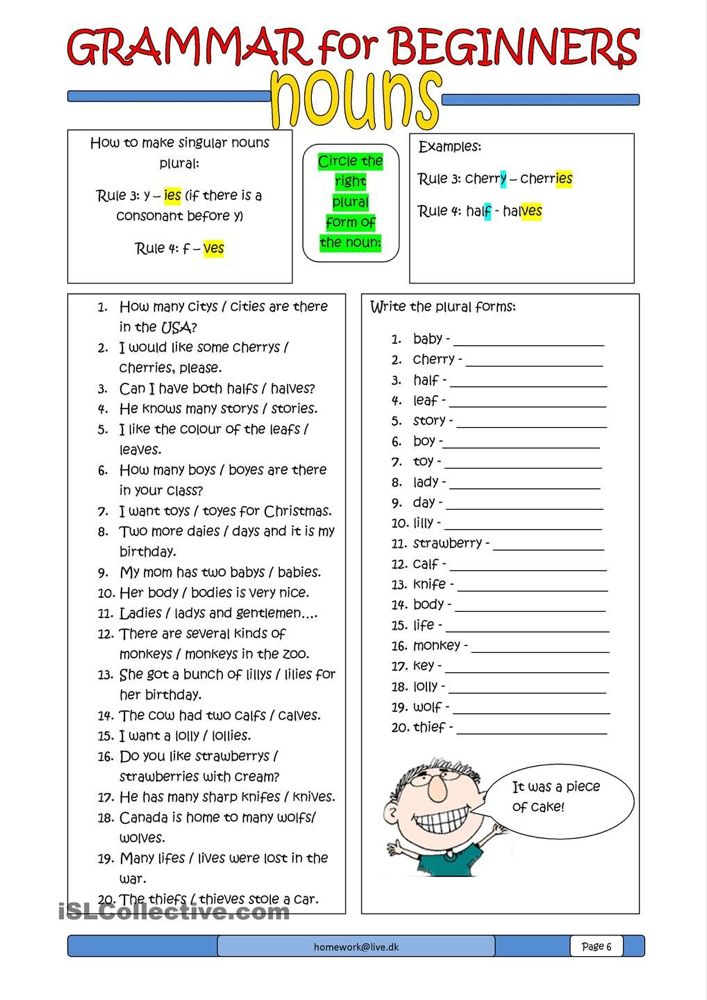
"Readings" is an application that will be a great addition to learning with "Zaitsev's Cubes" - one of the most effective methods today. The educational program is aimed at instilling in children a love of reading from childhood. In the game, you can create several profiles, which makes it possible to deal with several children at once. The multiplayer mode allows each student to learn at their own pace. Additional profiles can be created for free. There are statistics on the passage of the game, in which parents see the progress of their child, the percentage of correctly completed tasks.
Benefits of the application:
- Fascinating plot – the application captivates from the first minutes, so classes are held in a relaxed manner. This is the first app we've analyzed that has a story. The child does not just learn, but becomes a participant in the quest, which further fuels his interest.
- Rich functionality - thanks to the application, you can not only learn letters, but also form syllables, read words in full, write letters and words correctly.
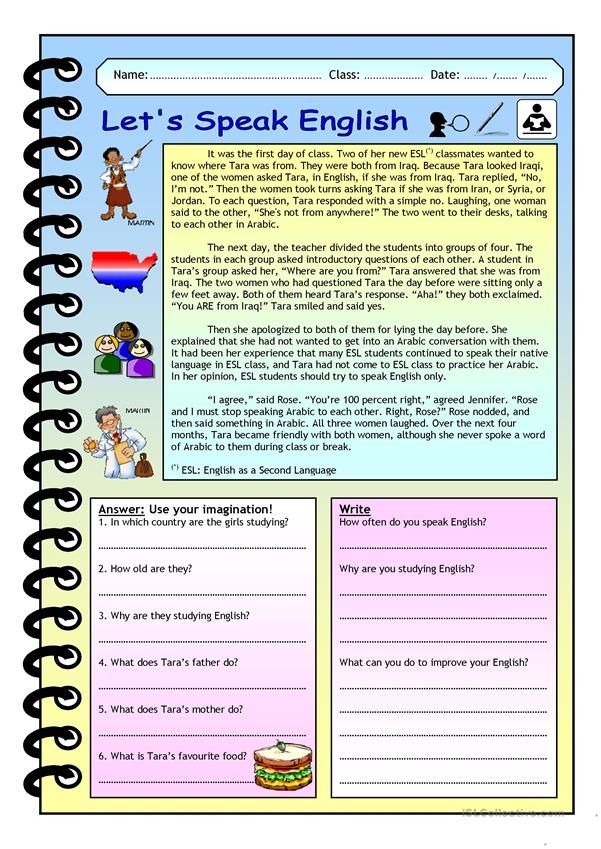 The game has an extensive vocabulary and many levels, the passage of which will take more than one day. The lessons are very interesting. Therefore, we can conclude that the application will not get bored for a long time.
The game has an extensive vocabulary and many levels, the passage of which will take more than one day. The lessons are very interesting. Therefore, we can conclude that the application will not get bored for a long time. - Stylish design - illustrations are made in watercolor, the application has a unique musical accompaniment, the main characters speak with children's voices.
- Detailed explanations for children and hints for parents. Tasks in the game adapt to the child. If the student successfully copes with the tasks, the algorithm selects more difficult levels. This is a useful functionality that allows each child to study at a pace that is comfortable for him. All children are different. For some, it takes 1-2 months to learn to read, and in some cases it may take at least a year. An important role in learning is played not only by how the child remembers information, but also by his age. The Readings app is suitable for both a 3-year-old and a 7-year-old child.
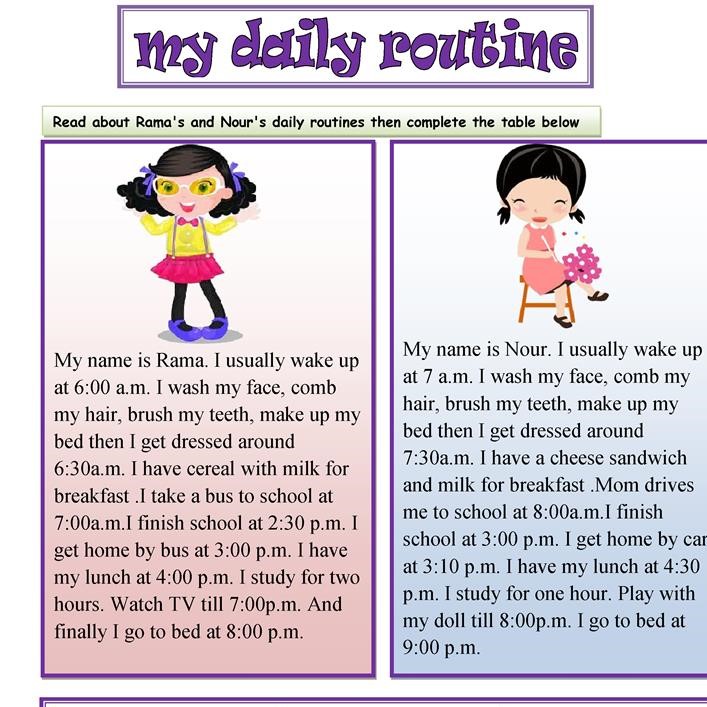
Disadvantages:
We did not find any cons in this application. The developers have created a really useful tool for teaching preschoolers, taking into account the age characteristics of children and paying attention to details. You can learn more about how everything works here:
A short video review of Reading will allow you to evaluate the functionality, design and main features of the application.
An application with high-quality animation will surely appeal to little fidgets. Letters appear on the screen, and when pressed, they fold up like plasticine, transforming into funny animals. You can click on the note symbol and listen to the list of animals that begin with that letter.
For children who have already mastered the alphabet a little, the second learning option is more suitable.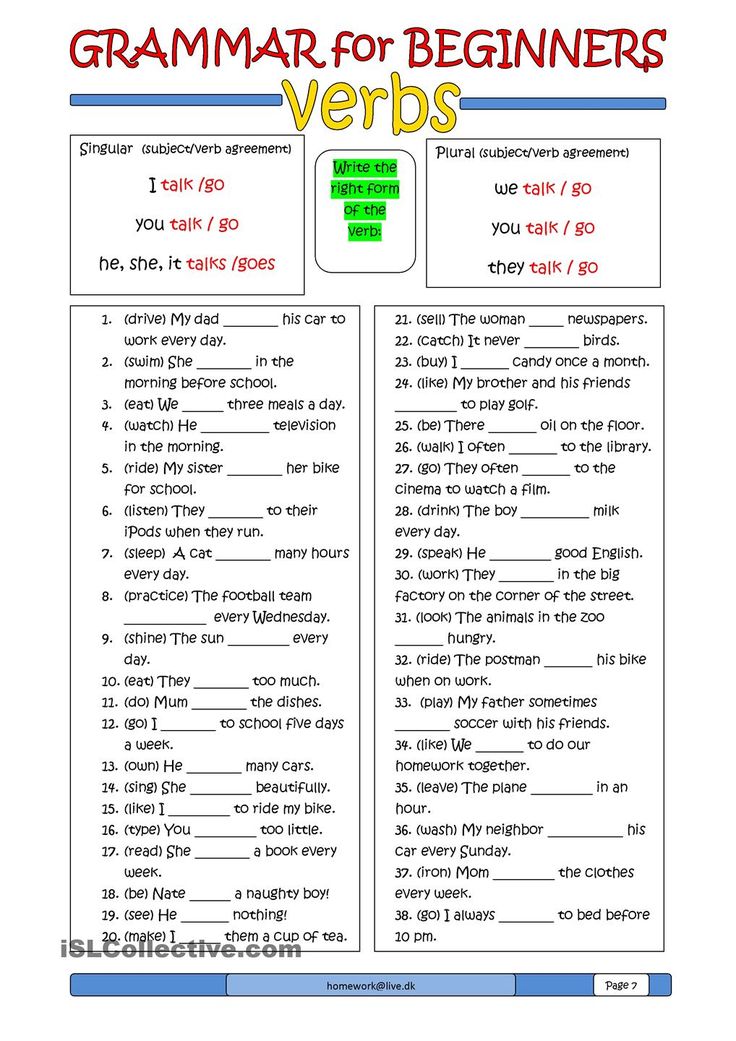 Six letters appear on the screen. The voice in the program says which letter to choose and the child clicks on the option that suits him. If the answer is correct, an animal with that letter appears on the screen, if not, the letter folds into a ball.
Six letters appear on the screen. The voice in the program says which letter to choose and the child clicks on the option that suits him. If the answer is correct, an animal with that letter appears on the screen, if not, the letter folds into a ball.
Benefits:
- Three modes - learning, games and puzzles. All the knowledge gained can be consolidated in a playful way.
- Interesting design - plasticine animals will appeal to many children.
- Quality soundtrack.
Disadvantages:
Although the application is intended for children from 2 to 7 years old, in our opinion, it will appeal mainly to toddlers. Children over 5 years old will be carried away for a while.
The app is best suited for young children who are just learning to read. Training is carried out with the help of elementary exercises. The main screen contains the alphabet. When you click on a letter, a picture and a word that begins with that letter appears.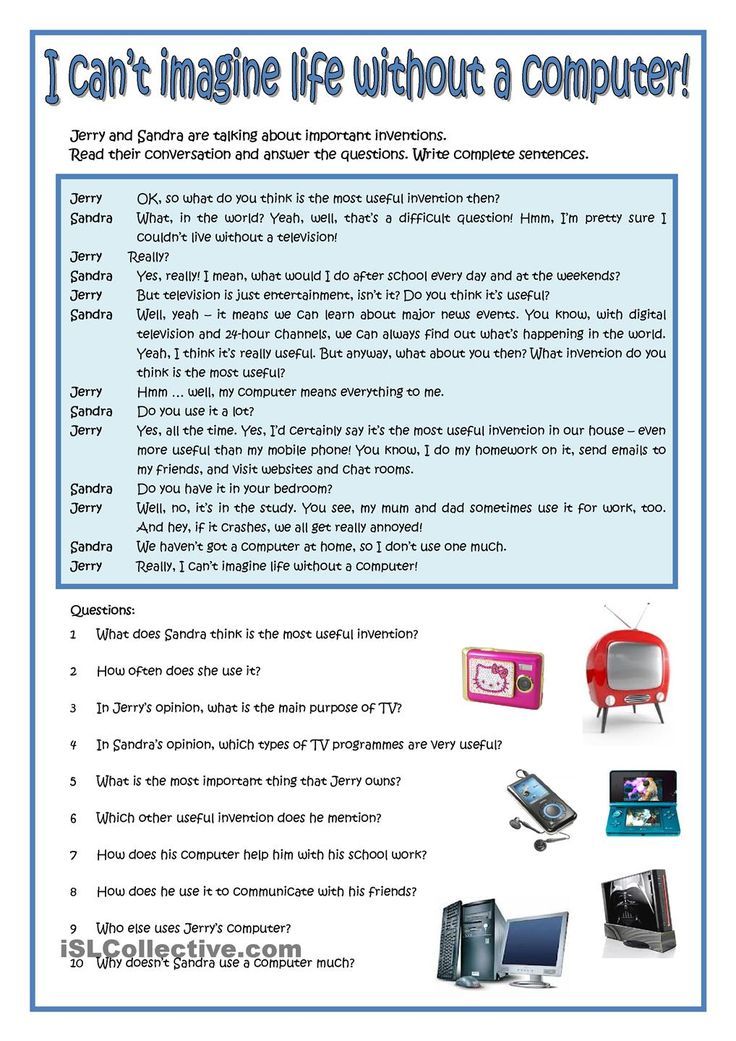 There is also a funny rhyme. To consolidate the knowledge gained in the application, coloring pages are provided; games "Memory", "Find the letter in the picture", "Show what begins with a letter", "Make a word".
There is also a funny rhyme. To consolidate the knowledge gained in the application, coloring pages are provided; games "Memory", "Find the letter in the picture", "Show what begins with a letter", "Make a word".
Advantages:
- large letters;
- original coloring book that helps to remember the letters well;
- intuitive interface.
Disadvantages:
Of the minuses of this application, we can note a small functionality. From personal experience, we can say that such an application will quickly get boring for a child. Especially if the baby is active. It can be concluded that using "Learning letters fun for children" is only at the initial stage of learning. When the child masters the alphabet, it is worth moving on to more functional programs. For inquisitive children, the application is too simple.
When should a child start learning to read?
The days when children went to school unprepared and learned to read all together in the classroom are long gone.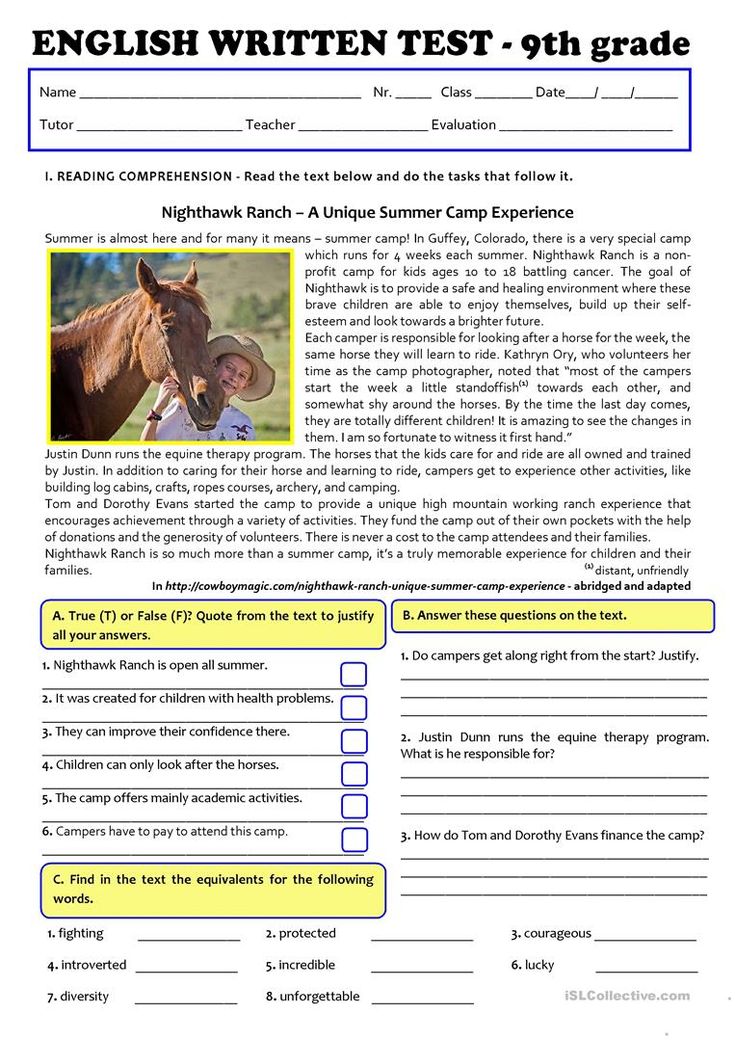 The school curriculum is now quite complicated, so parents start preparing for school at the age of 4-5, which will reduce the load in the first months of schooling.
The school curriculum is now quite complicated, so parents start preparing for school at the age of 4-5, which will reduce the load in the first months of schooling.
It is important to adhere to the "golden mean" in everything. If the neighbor's child is already reading with might and main at 5 years old, and yours does not show interest in learning, you should not sound the alarm. In some cases, it is necessary to wait a little for the child to show interest in learning.
The main signs that the child is ready to learn to read:
- the child understands the words and phrases addressed to him by others;
- vocabulary allows the child to communicate freely with other children and adults;
- the child pronounces most of the words correctly, without gross errors.
Studying letters and reading is necessary regularly, but little by little. It should be borne in mind that due to age, it is difficult for a child to spend a lot of time in one place, so many hours of classes become a real test.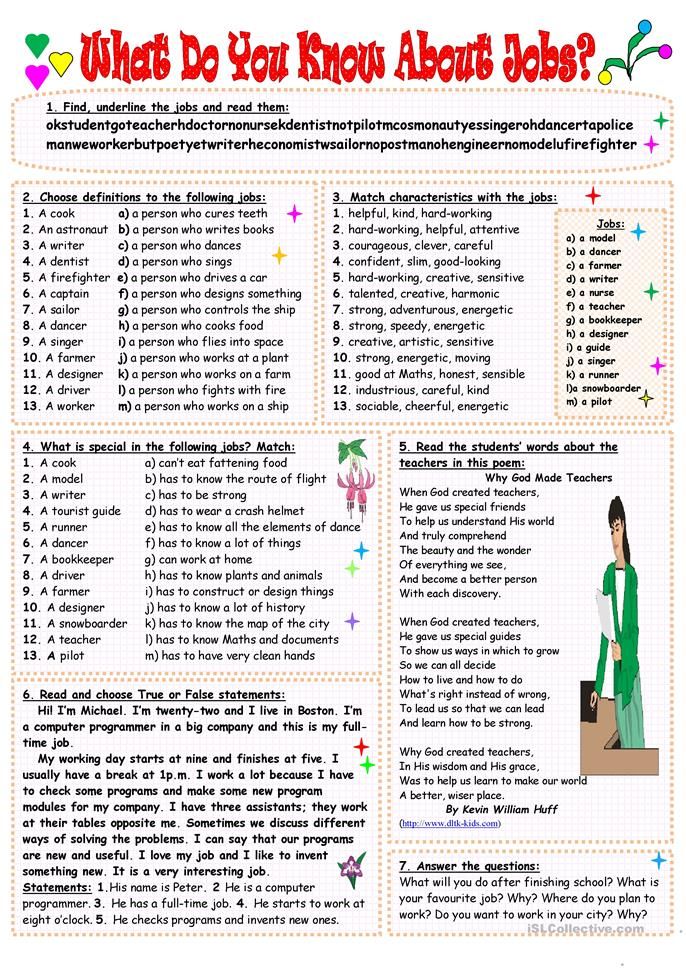
How do I choose a good reading app?
New preschool learning apps are released regularly. Only a few of them really deserve attention and are useful. Modern parents simply do not have time to monitor all the information and choose the right programs. Therefore, we have already done it for you and prepared a rating of the best applications, thanks to which a child can quickly learn to read at home.
When choosing an application, consider:
- Age - there are both universal applications, calculated from 3 years old to the school itself, and designed for a specific age. The first option is more convenient, because the child starts learning in one program and, as he grows up, he does not need to study other applications. If there are several children in the family with a small difference in age, you can study together using one application!
- Degree of preparation - if the child is already familiar with the letters, he will be absolutely not interested in using the application, in which classes are designed for the smallest.
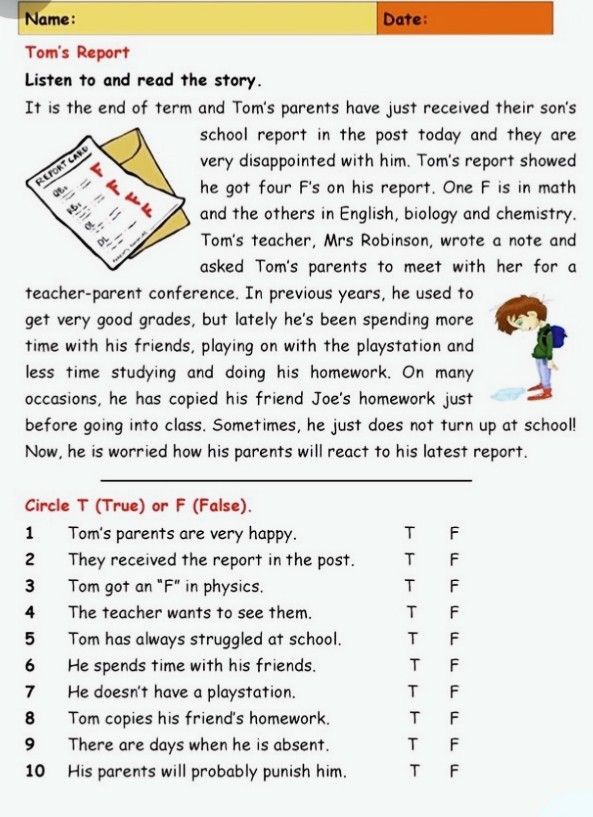 While the baby is uncomfortable to engage in a program designed for the age of 5 years. It is better to choose universal applications that are suitable for both those who are just learning to read, and for children who want to improve their knowledge.
While the baby is uncomfortable to engage in a program designed for the age of 5 years. It is better to choose universal applications that are suitable for both those who are just learning to read, and for children who want to improve their knowledge. - Interface - should be as simple and clear as possible so that the child can independently launch the application and start classes.
- Additional features - children perceive information more easily in a playful way, so it's great if the application provides coloring books, various puzzles and games. The presence of built-in educational games helps to maintain interest in completing tasks and stable memorization of the information received.
- Security - no malware.
Now let's take a look at the top 3 apps for learning to read. When compiling the rating, such points as the teaching methodology, functionality, the presence of advertising and the ability to turn it off were taken into account.
Conclusions
Of all the analyzed applications, "Reading" is the most adapted to children of different ages.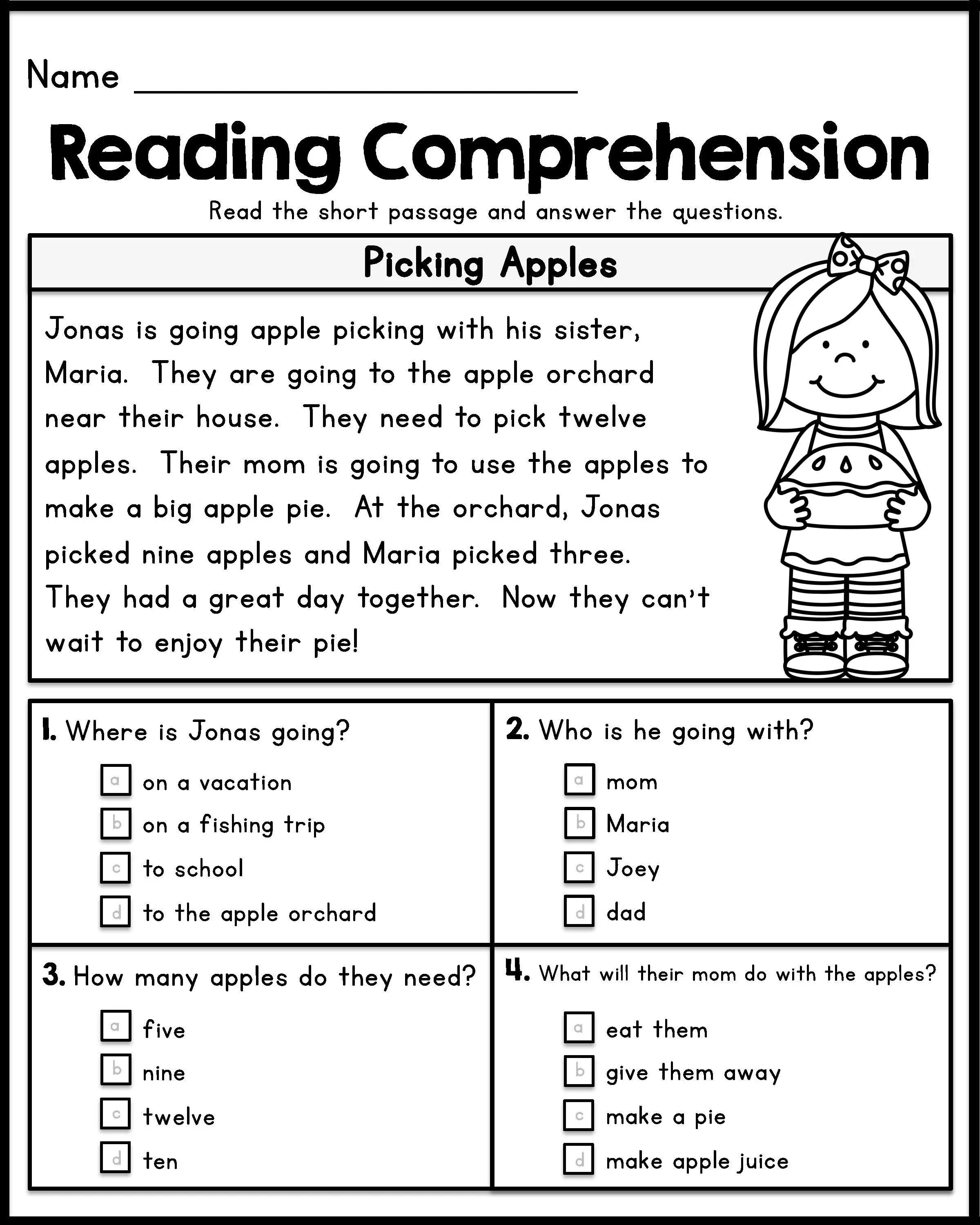 The plot develops dynamically, the child is always waiting for new tasks, so he is moving forward with interest.
The plot develops dynamically, the child is always waiting for new tasks, so he is moving forward with interest.
When compiling the rating, we used not only our own experience, but also the opinion of other parents, having studied dozens of reviews on specialized sites. We hope this information will be useful to you and will help your child learn to read faster!
list of works - article - Corporation Russian textbook (Drofa-Ventana publishing house)
In educational institutions, depending on the chosen program of study, teachers recommend various literature for reading during the summer holidays.
We offer lists of books for the summer for the first, second, third and fourth grades (when moving to the second, third, fourth and fifth grades, respectively) under the Planet of Knowledge, Primary School of the 21st Century programs, universal lists and the list of literature on the Federal State Educational Standard (federal state educational standards).
The list of books may differ slightly from the literature recommended at school after the end of each class. But, of course, any work from the list will become not only a useful activity, but also an interesting journey into the magical world of literature.
List of books for the summer, grade 1 (go to grade 2)
Program of teaching materials "Planet of knowledge"
- Russian folk tales (two of your choice).
- A.S. Pushkin (one tale).
- I.A. Krylov (two fables)
- L.N. Tolstoy "Kitten".
- A.P. Gaidar "Conscience", "Chuk and Gek".
- V.A. Oseeva "The Magic Word", "Sons".
- K.G. Paustovsky "Steel ring".
- V.P. Kataev "Flower-seven-flower".
- V.V. Bianchi "How the ant got home", "Arishka the coward".
- B.S. Zhitkov "The Brave Duckling".
- E.N. Uspensky "Crocodile Gena and his friends", "Uncle Fyodor, a dog and a cat" (one piece of your choice).
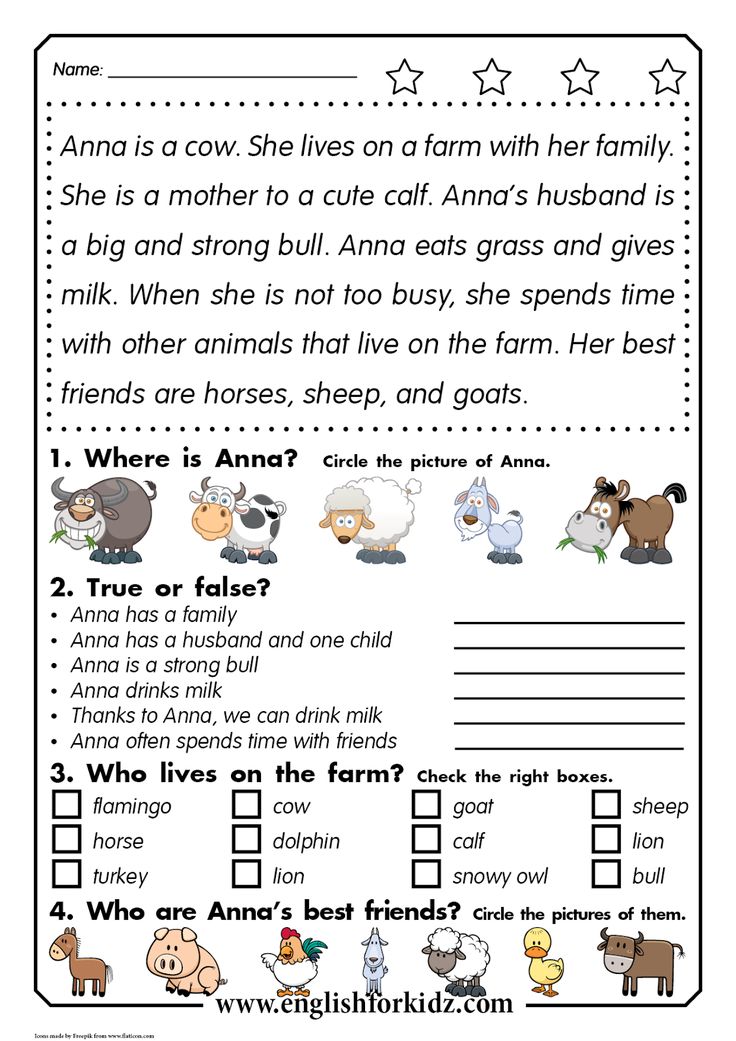
- N.N. Nosov "Live Hat".
- V.Yu. Dragunsky "Deniska's stories".
- B.V. Zakhoder "What is the most beautiful of all?".
Program "Primary School of the XXI century"
- Russian folk tales.
- Tales of the Brothers Grimm.
- G.H. Tales Andersen (The Ugly Duckling, Wild Swans, The Princess and the Pea, The King's New Outfit, etc.)
- S.V. Mikhalkov "Feast of Disobedience"
- I.P. Tokmakova "Alya, Klyaksich and the letter "A", "Happily, Ivushkin!" and others
- A.N. Tolstoy "The Golden Key or the Adventures of Pinocchio"
- K.I. Chukovsky. Poems and fairy tales
- S.Ya. Marshak. Tales, songs, riddles
- P.P. Bazhov "Silver Hoof"
- V.M. Garshin "Frog Traveler"
- V.A. Oseeva "The Magic Word", "The Kind Hostess", etc.
- E.I. Charushin. Stories.
- V.Yu. Dragoon "He is alive and glowing" and other stories.
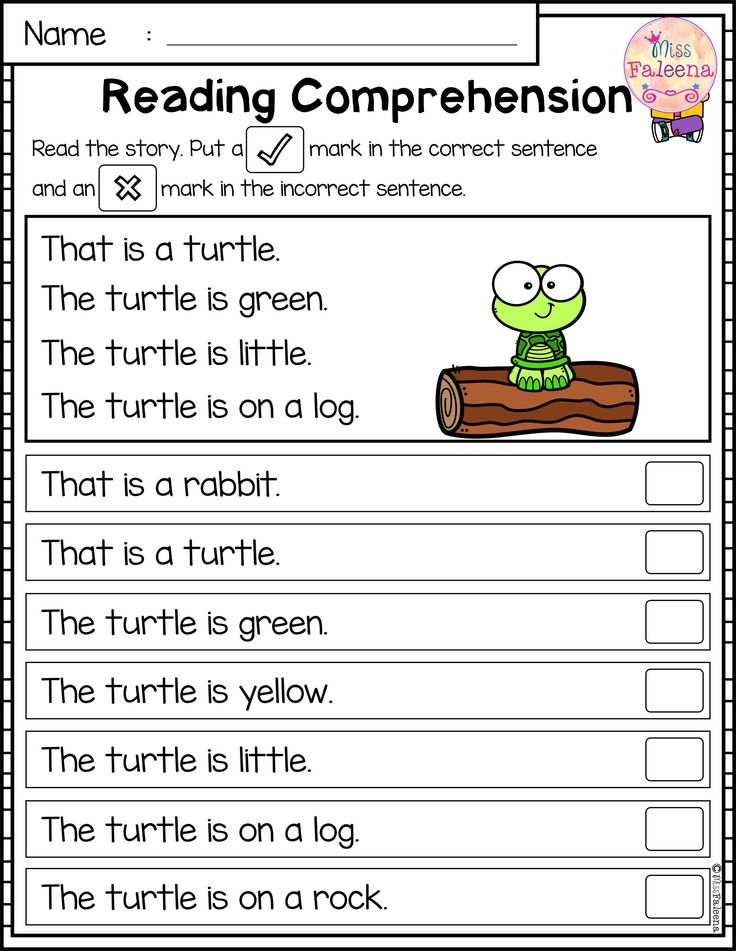
- N.N. Nosov "Dreamers", "Entertainers" and other stories.
- V.V. Bianchi. “Tails”, “Whose nose is better”, “Who sings what?”, “How the ant hurried home”, etc.
- D.N. Mamin-Sibiryak "Alyonushka's Tales".
- Ch. Perrault "Cinderella", "Puss in Boots", "Sleeping Beauty".
- V.P. Kataev "Flower-seven-flower".
- Poems of Russian poets about nature.
- B.V. Zakhoder. Poetry.
List of literature for the summer, grade 2 (we are moving to grade 3)
Program "Primary school of the XXI century"
- Myths of Ancient Greece (for children).
- Fairy tales: "Aladdin's Magic Lamp (Arabic Tale)" "Magic Ring", "Princess Nesmeyana", "Flying Ship", "Marya Morevna", "Ivan Tsarevich and the Gray Wolf", "Finist - Bright Falcon", "Sun, Month and Voron Voronovich", "The Tale of Rejuvenating Apples and Living Water".
- N. Garin-Mikhailovsky "The Childhood of Tyoma".
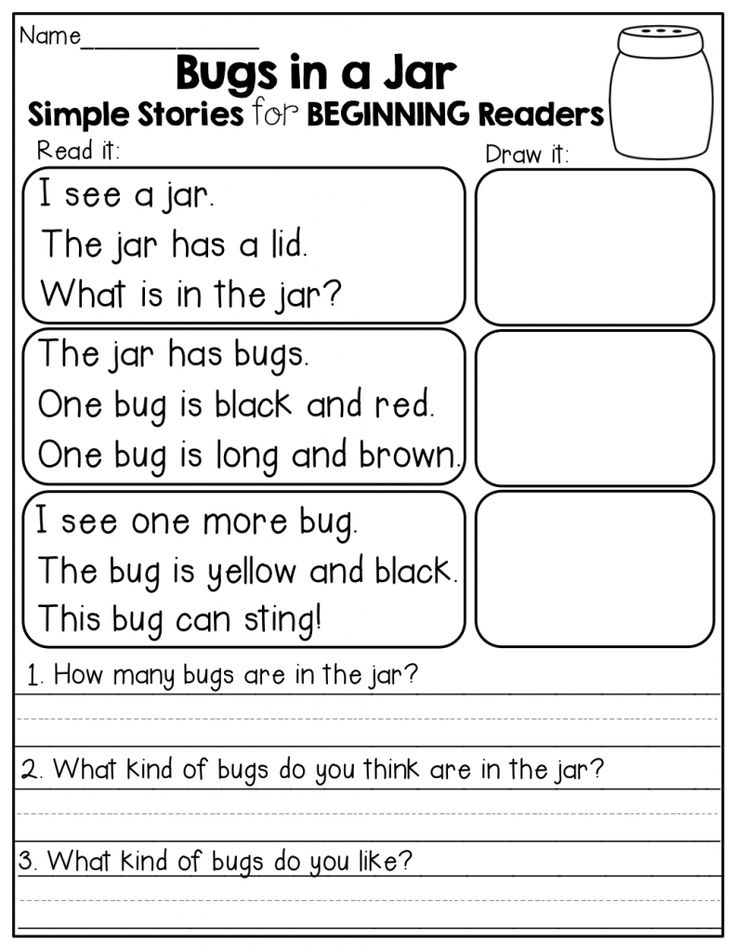
- Gaidar "Timur and his team", "Hot Stone", "Blue Cup", "Day in the Forest".
- R. Kipling "Riki-tiki-tavi".
- L. Lagin "Old Man Hottabych."
- E. Schwartz "The Tale of Lost Time".
- N. Nekrasov "Grandfather Mazai and Hares".
- S. Prokofiev "The Magician's Apprentice".
- V. Golyavkin "Stories".
- Y. Koval. "The Adventures of Vasya Kurolesov".
- Tales of A. S. Pushkin.
- Works by M. Prishvin, K. G. Paustovsky, A. I. Kuprin, V. Yu. Dragunsky
- L. Tolstoy "Shark", "Jump", "Lion and Dog".
- I. Akimushkin. “Nature is a miracle”, “Who flies without wings”.
EMC "Planet of Knowledge"
-
A.S. Pushkin "The Tale of the Dead Princess and the Seven Bogatyrs".
-
V. Gauf "Dwarf Nose", "Little Muk".
-
B. Zhitkov, stories (any 3 stories).
-
A. Volkov "The Wizard of the Emerald City".
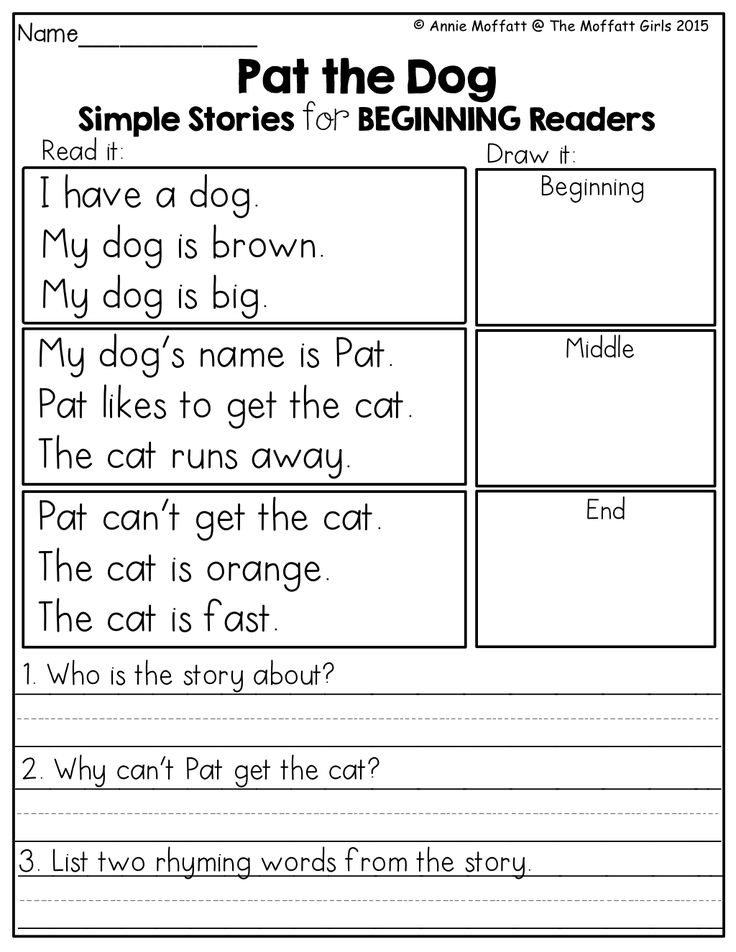
-
A. Lindgren "Baby and Carlson".
-
Garshin "Frog - Traveler".
-
I. Krylov "Fables" (7 fables).
-
G.H. Andersen "The Steadfast Tin Soldier", any other fairy tales.
-
R. Kipling "Rikki - Tikki - Tavi".
-
V. Odoevsky "Town in a snuffbox".
-
E Schwartz "The Tale of Lost Time".
-
D. Mamin - Siberian "Grey Neck".
-
Nosov N. - "The Merry Family", "The Diary of Kolya Sinitsyn".
-
Bulychev K. - "Alice's Journey", "Guest from the Future".
-
Oseeva V. - "Vasek Trubachev and his comrades."
List of literature for the summer, grade 3 (go to grade 4)
Program "School of the XXI century"
- Aksakov S.T. "Scarlet Flower"
- Andersen G.Kh. "The Little Mermaid", "Snail and Rose Bush"
- Astafiev V.
 P. "Spring Island", "Horse with a pink mane"
P. "Spring Island", "Horse with a pink mane" - Bazhov P.P. Silver Hoof, Blue Snake
- Bulychev K. "Alice's Journey", "Girl from Planet Earth"
- Veltistov E.S. "Adventures of Electronics"
- Garshin V.M. "The Tale of the Toad and the Rose"
- Georgiev S.G. "House of the Sunny Hare"
- Gorky M. "About Ivan the Fool"
- Dal V.I. "About a toothy mouse and a rich sparrow"
- Dragunsky V.Yu. "Great traffic on Sadovaya"
- Salten F. "Bambi"
- Zoshchenko M. M. "Galoshes and ice cream", "Stupid story"
- Ivanov S.A. "Winter Girl"
- Lagerlöf S. "Holy Night", "In Nazareth", "Nils Holgersson's Amazing Journey Through Sweden"
- Lermontov M.Yu. "Three Palms"
- Leskov N.S. "The Lion of Elder Gerasim"
- Odoevsky V.F. "City in a Snuffbox", "Poor Gnedko"
- Paustovsky K.G. "Hare Paws", "The Adventures of the Rhinoceros Beetle"
- Platonov A.
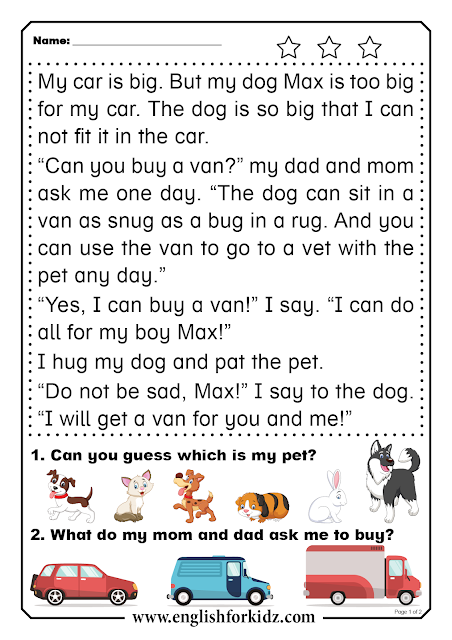 P. "Soldier and Queen", "Magic Ring"
P. "Soldier and Queen", "Magic Ring" - Prishvin M.M. "Chicken on poles"
- Pushkin A.S. "The Tale of the Golden Cockerel"
- Swift D. "Gulliver's Travels"
- Solzhenitsyn A.I. "Duckling", "Balloon", "Bonfire and ants"
- Twain, M. The Adventures of Tom Sawyer, Dick Baker and His Cat
- Tolkien, D. "Farmer Giles of Hem", "The Blacksmith of Big Bud"
- Tolstoy A.K. "Ilya Muromets"
- Tolstoy L.N. "A book for children: Stories, fairy tales, fables"
- Turgenev I.S. "Dog"
- Ushinsky K.D. "Postman's Bag", "Blind Horse"
- Black S. "Silver Tree"
- Chekhov A.P. "Runaway", "Children"
EMC "Planet of Knowledge"
-
Myths of the peoples of the world (one myth each: ancient Greek, Sumerian, Slavic).
-
Tales of the peoples of the world (one fairy tale each: Russian, Armenian, Italian, Indian).
-
Russian folk epics (one bylina each about Ilya Muromets, Alyosha Popovich, Dobrynya Nikitich).
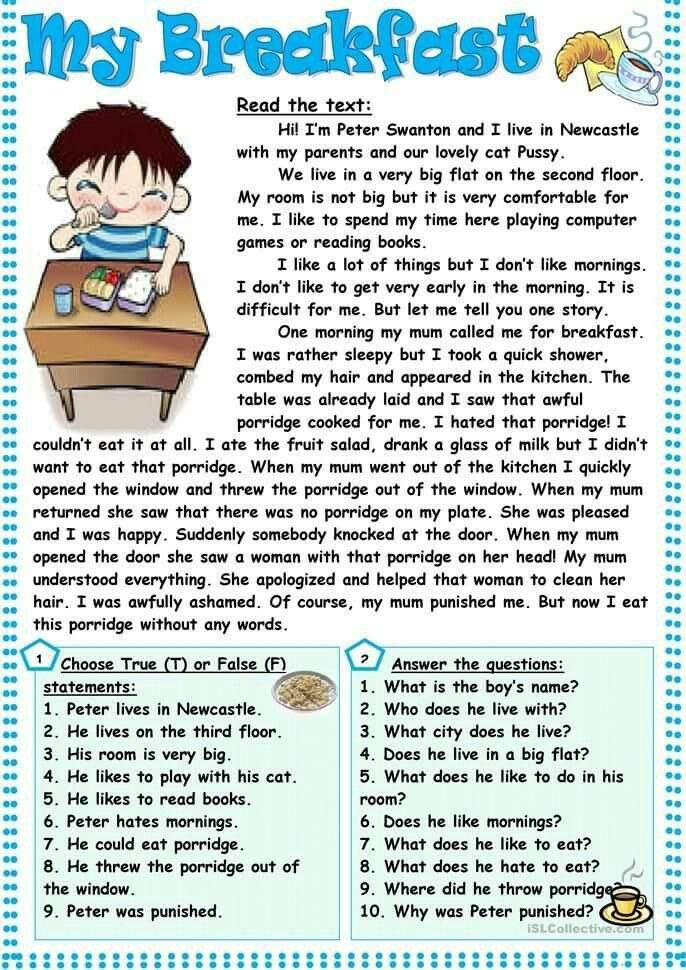
-
A.S. Pushkin "The Tale of Tsar Saltan ...".
-
Yu. Krutogorov "Alexander Nevsky", "Baptism of Rus'", "Battle of Kulikovo".
-
A. Gaidar "Hot Stone", "Blue Cup", "Chuk and Gek", "Timur and his team", "RVS", "The Tale of Military Secrets".
-
R. Kipling "Why the camel has a hump."
-
S. Alekseev “Stories about the great Moscow battle”.
-
M. Twain "The Adventures of Tom Sawyer".
-
A. Nekrasov "The Adventures of Captain Vrungel".
-
K. Bulychev "A Million Adventures".
-
E. Raspe "The Adventures of Baron Munchausen".
-
V. Kataev "Son of the Regiment".
Universal list of references for the summer for grade 3
- P.P. Ershov "Humpbacked Horse".
- A.S. Pushkin (poems, fairy tales).
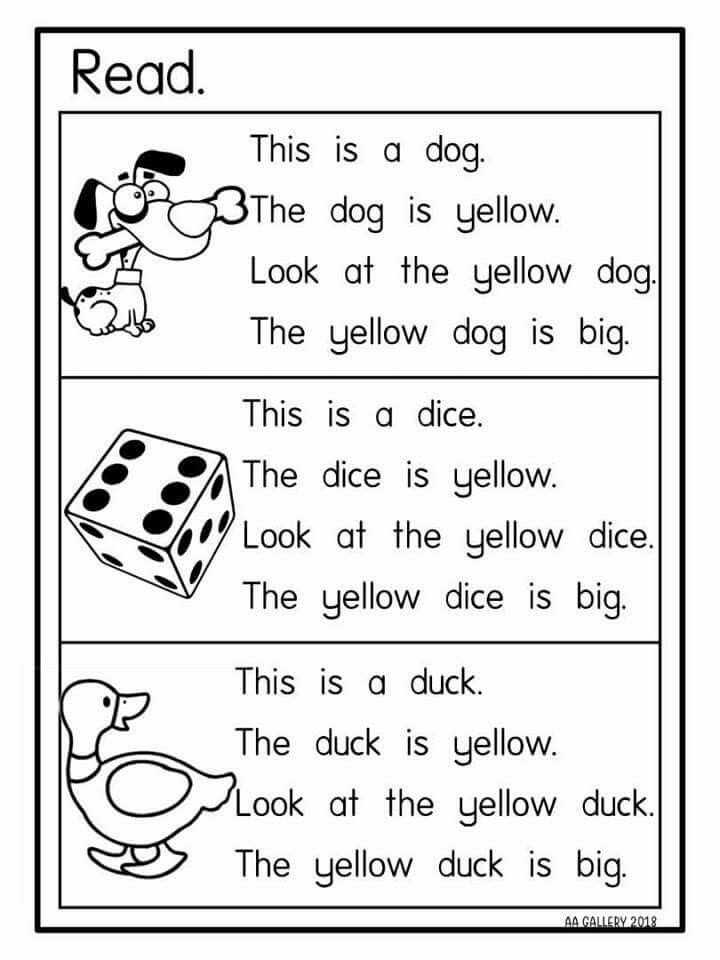
- 3. M.Yu. Lermontov "Ashik-Kerib".
- LN Tolstoy (stories for children).
- F.I. Tyutchev (poetry).
- A.A. Fet (poetry).
- N.A. Nekrasov (verses and poems).
- V.F. Odoevsky "Town in a snuffbox".
- P.P.Bazhov "Silver Hoof".
- S.T. Aksakov "The Scarlet Flower."
- E.L. Schwartz "The Tale of Lost Time".
- S.A. Yesenin (poetry).
- 13. M.I. Tsvetaeva (poetry).
- E.I. Charushin (stories about animals).
- E.S. Veltistov "Adventures of electronics".
- K. Bulychev "Alice's Journey".
- D. Swift "Gulliver's Travels".
- G.H. Andersen "The Little Mermaid".
- M. Twain "The Adventures of Tom Sawyer".
- V. Zheleznikov "Scarecrow".
- E.T.A. Hoffmann "The Nutcracker and the Mouse King".
- O. Wilde "Star Boy".
- V. Gauf "Dwarf-nose".
- R. Kipling "Mowgli".
- Y.
 Olesha "Three fat men".
Olesha "Three fat men". - R. Raspe "The Adventures of Baron Munchausen".
- A. Pogorelsky "Black chicken or underground inhabitants."
- P. Travers "Mary Poppins".
List of literature for the summer, grade 4 (we are moving to grade 5)
List according to the Federal State Educational Standard
List of Russian and foreign literature recommended by the Federal State Educational Standard (Federal State Educational Standard):
Russian literature:
- Russian folk tales.
- Barto A. "Think, think ..." (poetry).
- Volkov A. "The Wizard of the Emerald City".
- Golitsyn S. "Forty Prospectors".
- Grigoriev O. "The Talking Raven" (poetry).
- Geraskina L. "In the Land of Unlearned Lessons".
- Dick I. "In the wilds of Kara-Bumba".
- Dragunsky V. "Deniska's stories".
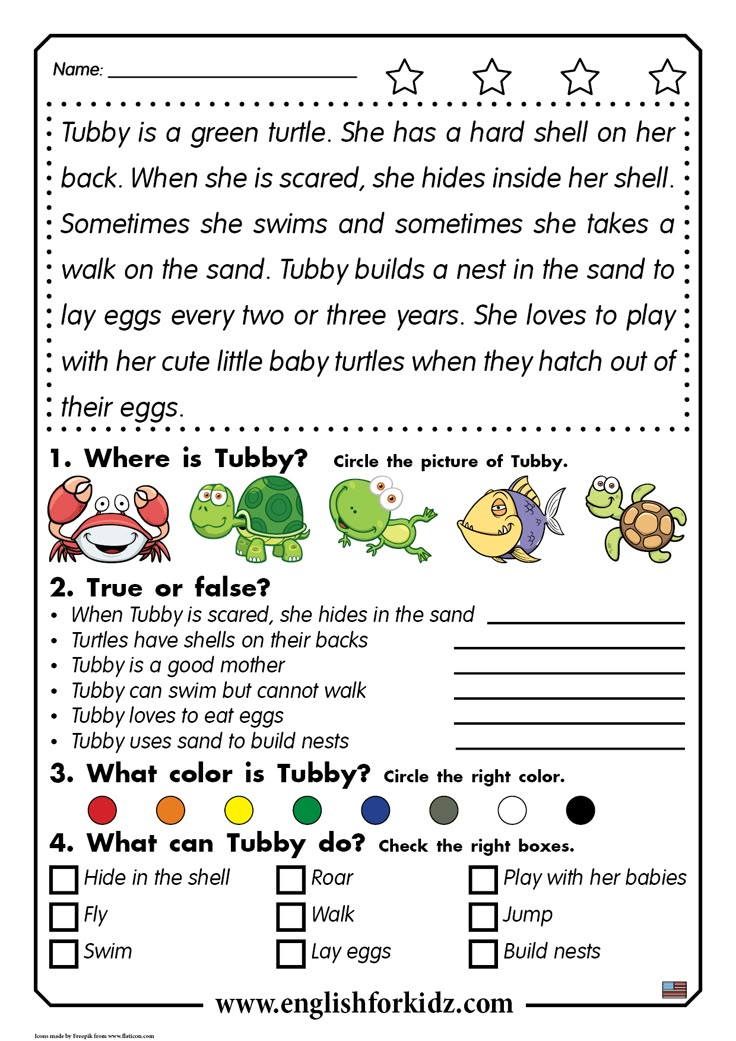
- Zakhoder B. Selected.
- Zoshchenko M. "Yolka".
- Kassil L. "At the blackboard."
- Kim Yu. "Flying Carpet" (poetry).
- Krylov I. Fables.
- Korinets Yu. “There, far away, beyond the river.”
- Kulikov G. "How I influenced Sevka".
- Mamin-Sibiryak D. Stories and Tales.
- Mayakovsky V. "Tuchkin's little things" and other poems for children.
- Mikhalkov S. Fables.
- Moritz J. "Crimson Cat" (poetry).
- Nosov N. "Vitya Maleev at school and at home", stories.
- Panteleev L. "Honest Word".
- Paustovsky K. "Golden Tench", "Meshcherskaya side", "Basket with fir cones", "Hare paws".
- Prishvin M. "Golden Meadow".
- Sapgir G. "Four envelopes" (poetry).
- Tolstoy A.N. "Childhood of Nikita".
- Tolstoy L. Fables.
- Turgenev I. "Sparrow".
- Uspensky E. "Uncle Fedor, dog and cat", "School of clowns"; poetry.
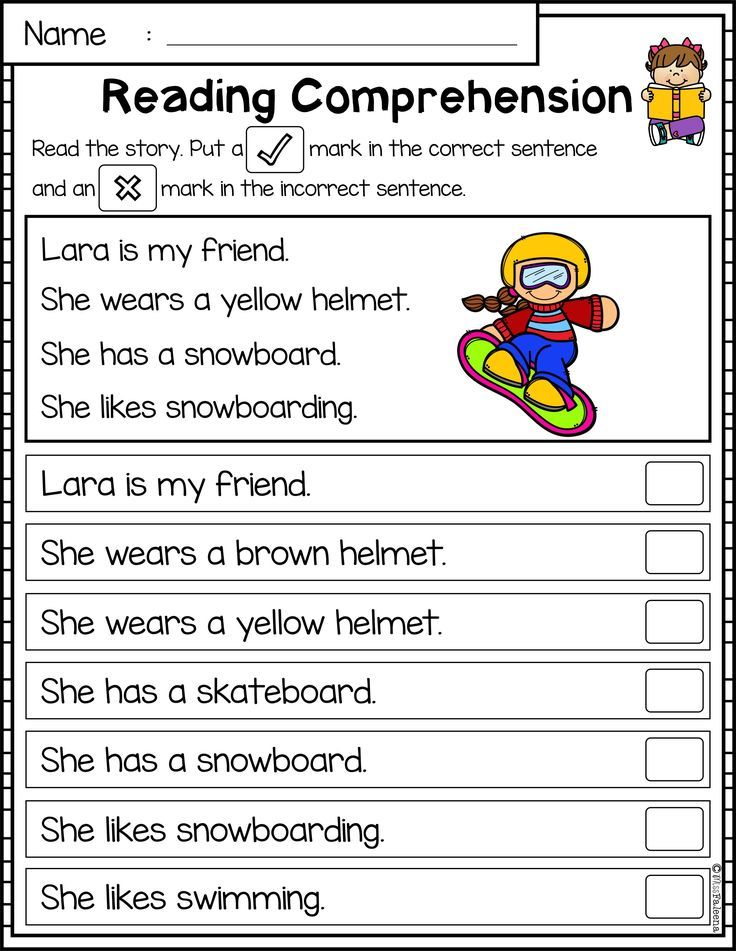
- Fraerman R. "Girl with a stone."
- Tsyferov G. "The Secret of the Baked Cricket".
- Chekhov A. "Vanka".
Foreign literature
- Myths of Ancient Greece: "Heroes of Hellas".
- Andersen G.-H. Fairy tales.
- Perro S. "Magic Tales".
- Twain M. "The Adventures of Tom Sawyer".
Educational literature for the summer (Grade 4)
- Gubarev V. "In open space".
- Kuhn N. "Olympus".
- Segal E., Ilyin M. "What of what".
Universal literature for the summer, grade 4. List No. 1
Russian literature:
- Russian folk tales (two or three of your choice).
- Tales of the peoples of the world (two or three of your choice).
- I. A. Krylov. Fables.
- V.
 A. Zhukovsky "Sleeping Beauty", "Cup".
A. Zhukovsky "Sleeping Beauty", "Cup". - A. S. Pushkin "The Tale of the Dead Princess and the Seven Bogatyrs."
- A. Pogorelsky "Black Hen, or Underground Inhabitants".
- M. Yu. Lermontov "Borodino".
- N. V. Gogol "The Enchanted Place".
- N. A. Nekrasov "Frost - Red Nose".
- I. S. Turgenev "Mu-mu".
- L. N. Tolstoy "Prisoner of the Caucasus".
- A.P. Chekhov "Surgery".
Universal literature for the summer, grade 4. List #2
Russian literature
- I. A. Kuprin "Wonderful Doctor", "Taper", "Starlings".
- A. Platonov "Nikita".
- P. Bazhov "Stone Flower", "Malachite Box", fairy tales (optional).
- VG Korolenko "Children of the Underground", "In Bad Society".
- A. S. Pushkin "Ruslan and Lyudmila", "Collapse".
- V. Garshin "Signal".
- L. Andreev "Kusaka".
- A. Kuprin "White Poodle".

- K. Paustovsky "Meshcherskaya side".
- E. Nosov "Thirty grains", "Like a crow lost on the roof".
- V. Shukshin "Harvest".
- Y. Kazakov "Quiet Morning".
- V. Soloukhin "Avenger".
- Myths of the Ancient Slavs.
- Legends and traditions: "About the city of Kitezh", "Ataman Kudeyar", "About Nikitushka Lomov".
- V. Zhukovsky "Forest King".
- V. Kataev "The lonely sail turns white".
- M. Prishvin "Pantry of the Sun".
- A. Chekhov "Kashtanka".
- M. Zoshchenko "Great Travelers".
- E. Nosov "Difficult bread".
- V. Belov "Starlings".
- A. Aleksin "How is your health", "The happiest day".
- D. Kedrin "Architects".
- T. Gabbe "The City of Masters or The Tale of Two Hunchbacks".
- A. Tolstoy "Ivan da Marya".
- B. Shergin "The Magic Ring".
- A. Kuprin "Blue Star".
- M. E. Saltykov-Shchedrin Fairy tales (“Bogatyr”, “Karas-idealist”, “Konyaga”, “Bear in the Voivodeship”).
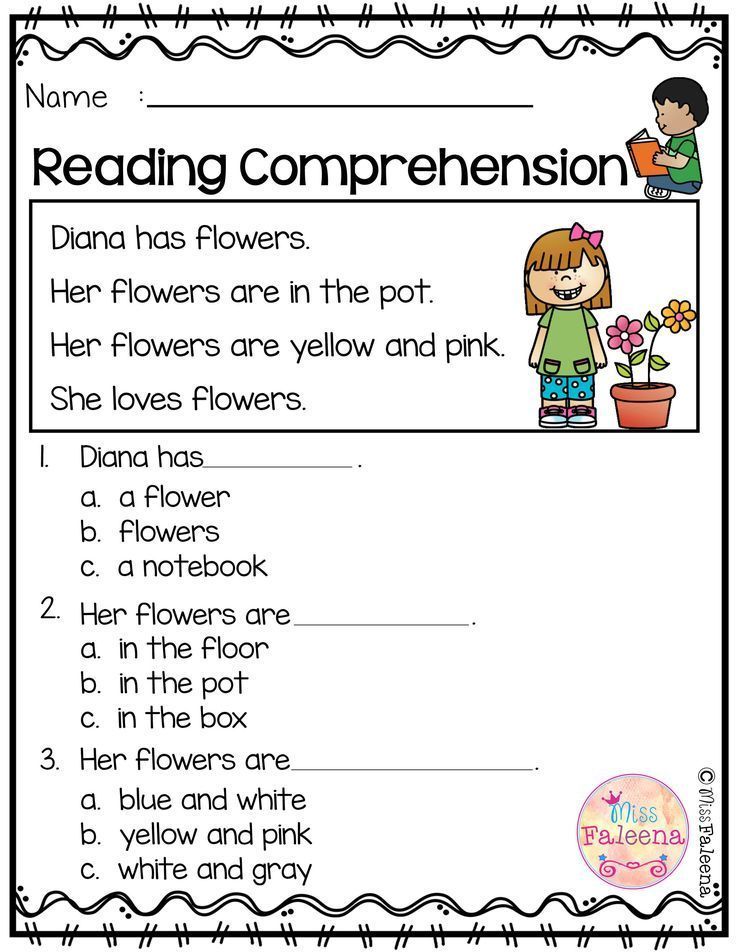
- A. Platonov "Magic Ring", "Nikita", "Unknown Flower", "Colorful Butterfly".
- P. Ershov "Humpbacked Horse".
- V. Zhukovsky "The Tale of Tsar Berendey", "About Ivan Tsarevich and the Gray Wolf".
- B. Polevoy "The Tale of a Real Man".
- V. Astafiev "Belogrudka".
Foreign literature
- D. Defoe "Robinson Crusoe".
- M. Twain "The Adventures of Tom Sawyer and Hucklebury Finn."
- G. H. Andersen "The Snow Queen", "The True Truth".
- Ch. Perrault "Cinderella".
- Aesop "The Fisherman and the Fish", "The Lion and the Mouse", "The Fox and the Grapes".
- Jean de La Fontaine "The Fox and the Grapes".
- R. E. Raspe "The Adventures of Baron Munchausen".
- J. Verne "The Mysterious Island".
- A. Lindgren "The Adventures of Kalle Blomkvist", "Pippi Longstocking".
- D. London "Love of Life".
- D.
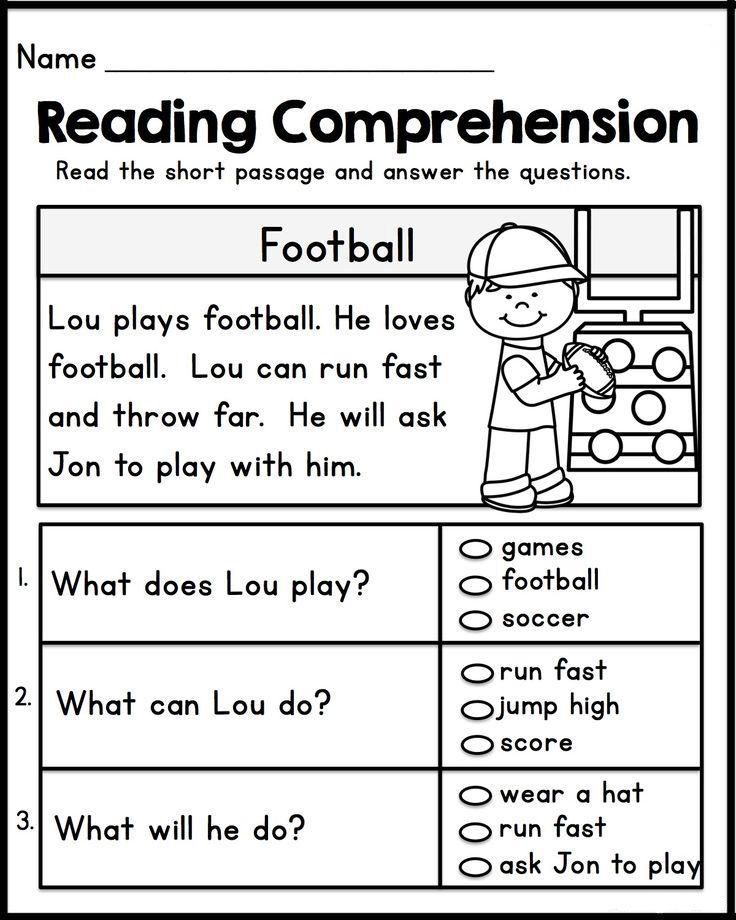 R. Tolkien "The Hobbit, or There and Back Again".
R. Tolkien "The Hobbit, or There and Back Again". - R. Bradbury "The Invisible Boy", "Vacation", "Green Morning".
- O. Wilde "The Canterville Ghost".
- T. H. White Candle in the Wind.
- M. Maeterlinck "The Blue Bird".
- E. Based on "The Frog".
- R. Southey "God's Judgment on the Bishop."
- F. Schiller "Glove".
- O. Wilde "The Happy Prince".
- N. Hawthorne "The Snow Maiden".
- A. Exupery "The Little Prince".
- L. Carroll "Alice in Wonderland".
- R. Kipling "Mowgli".
- J. W. Goethe "Reinecke the Fox".
- D. Durrell "The Talking Package", "The Zoo in My Luggage".
- D. Rodari "Gelsomino in the land of liars", "Tales on the phone".
- E.S. Thompson Animal Tales.
Keeping a reader's diary in summer
For better assimilation and consolidation of the material read, it is recommended to keep a summer reading diary.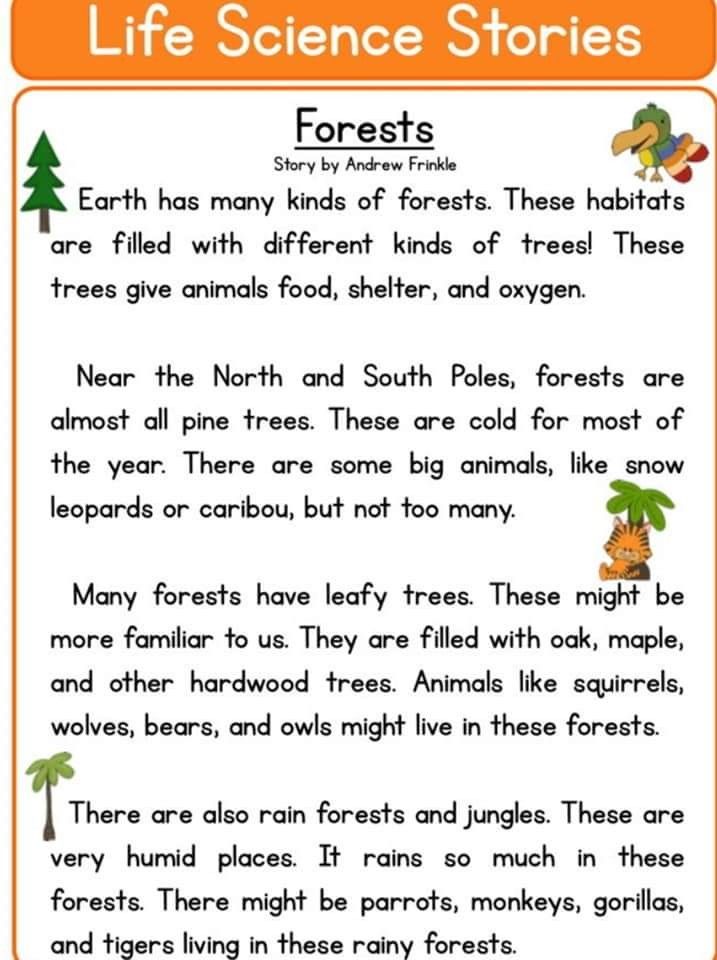

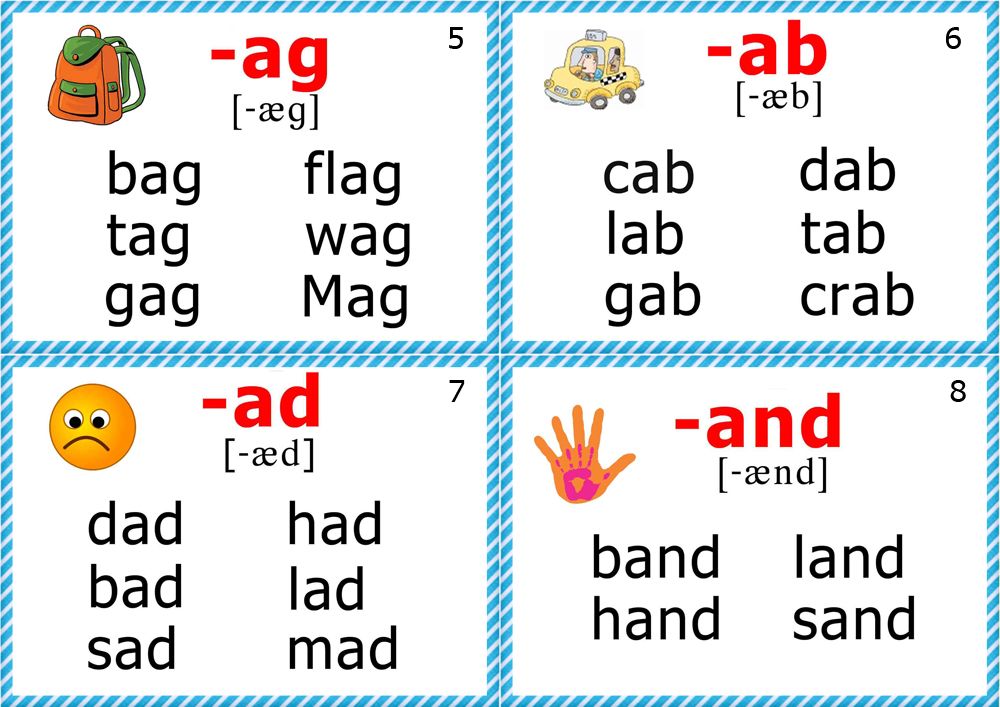 Even though our program works quickly for most children, we think it's important to be judicious about how quickly you introduce reading concepts to your child.
Even though our program works quickly for most children, we think it's important to be judicious about how quickly you introduce reading concepts to your child.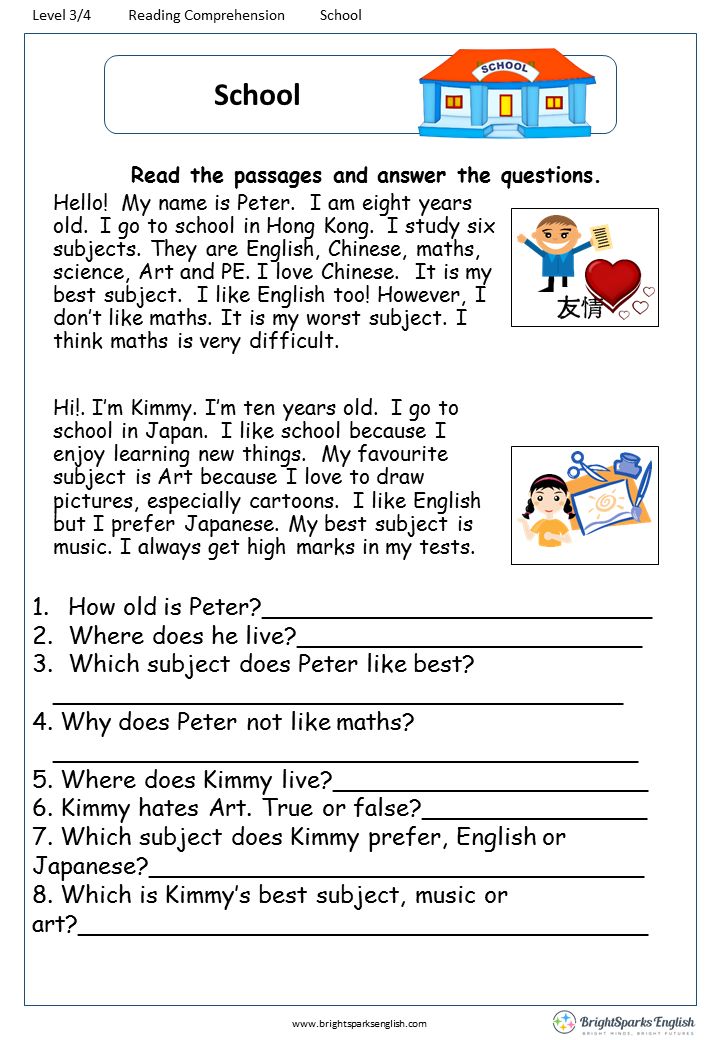 You can even 'test drive' Teach Your Child to Read in 100 Easy Lessons by reviewing the sample pages on Amazon. And of course, Teach Your Monster to Read is completely free.
You can even 'test drive' Teach Your Child to Read in 100 Easy Lessons by reviewing the sample pages on Amazon. And of course, Teach Your Monster to Read is completely free. 
